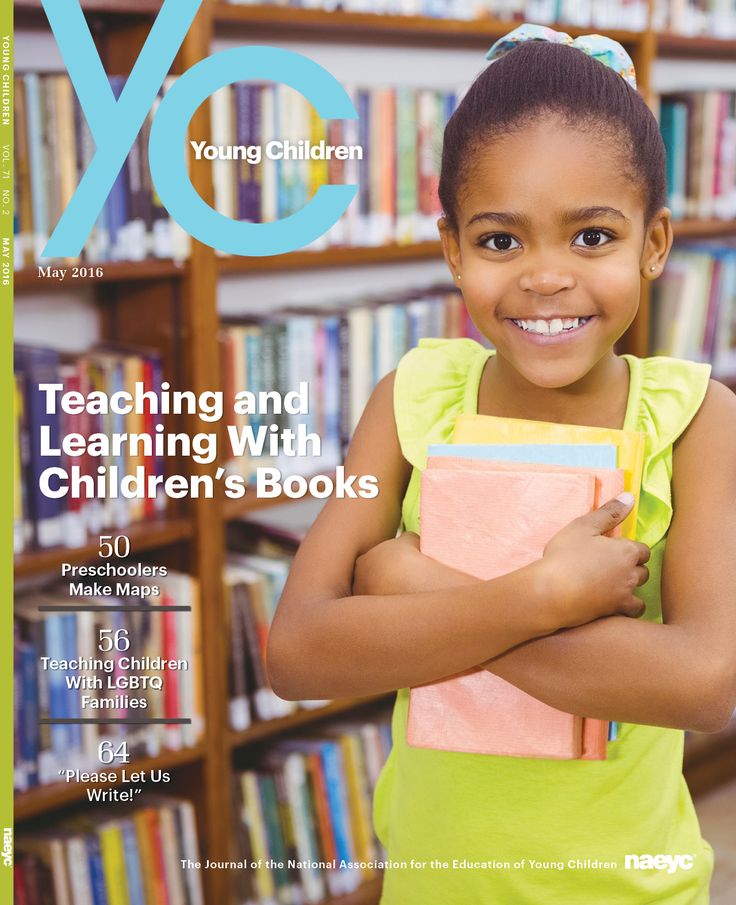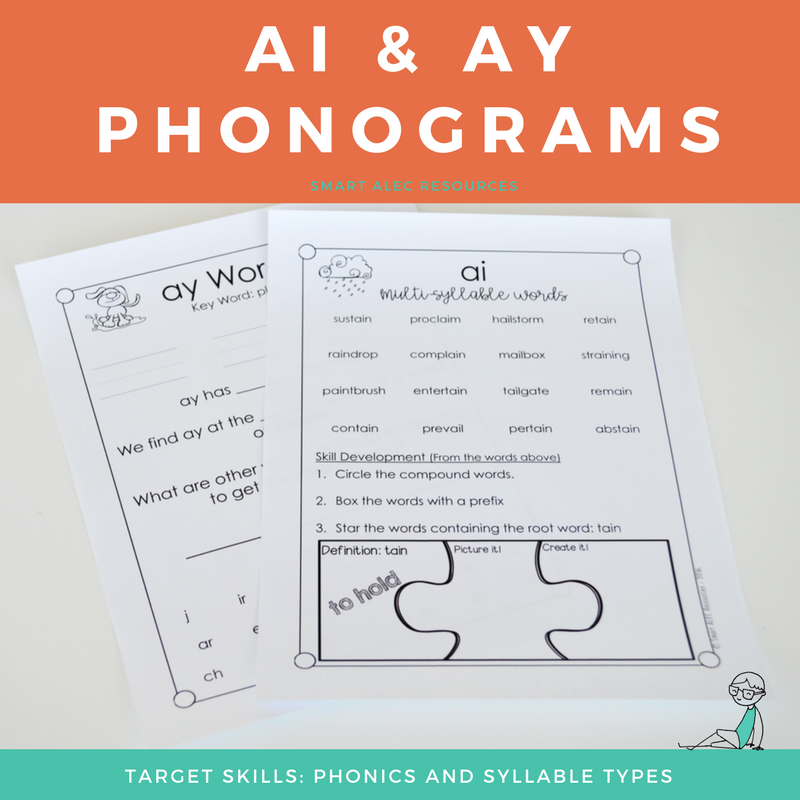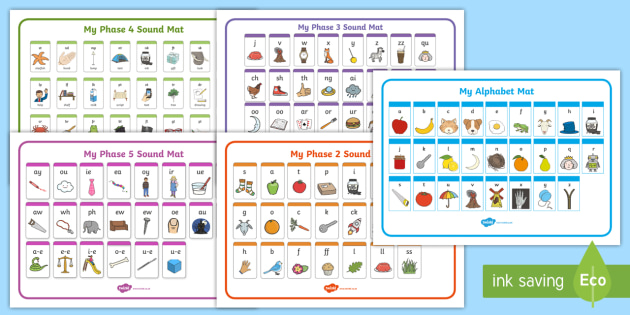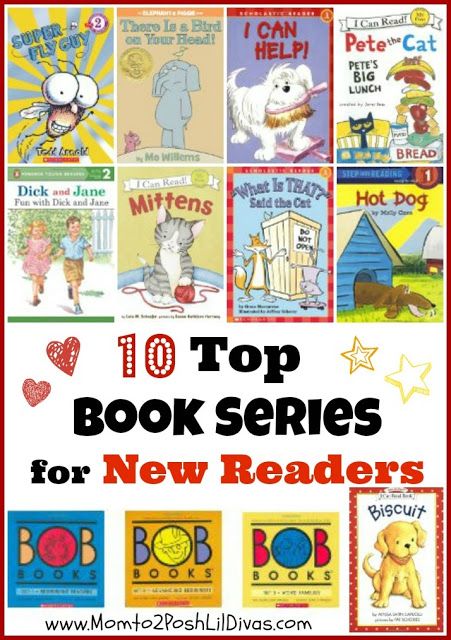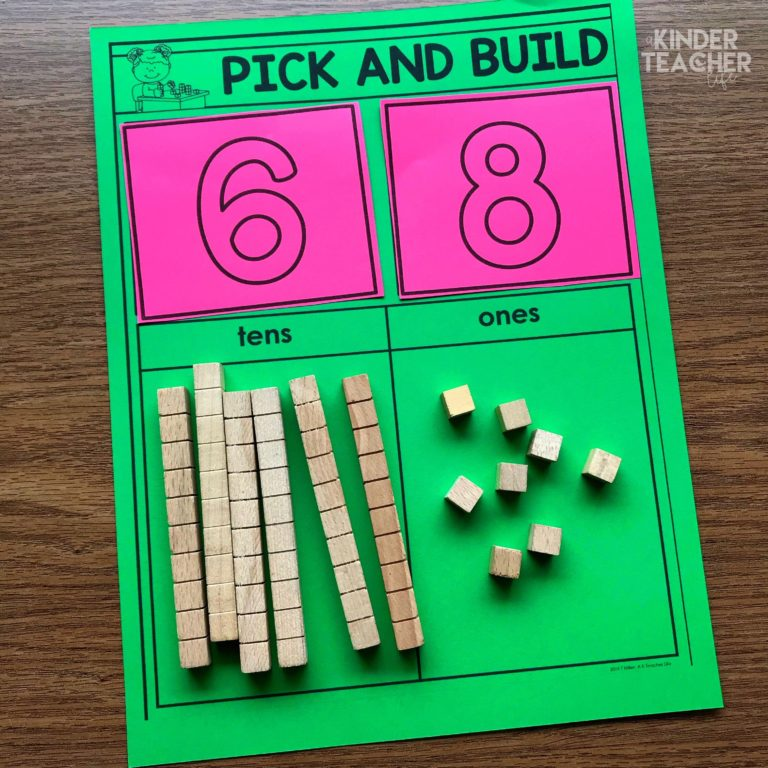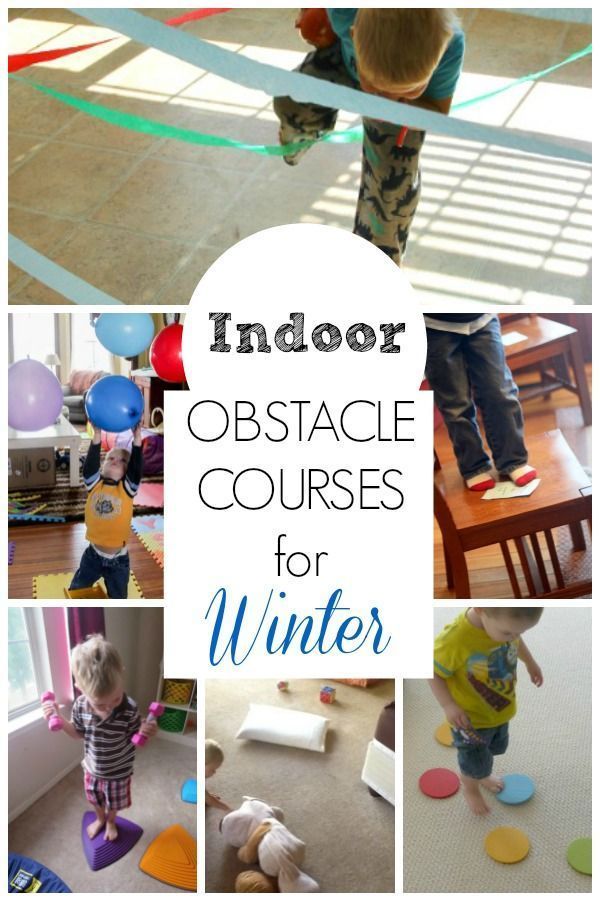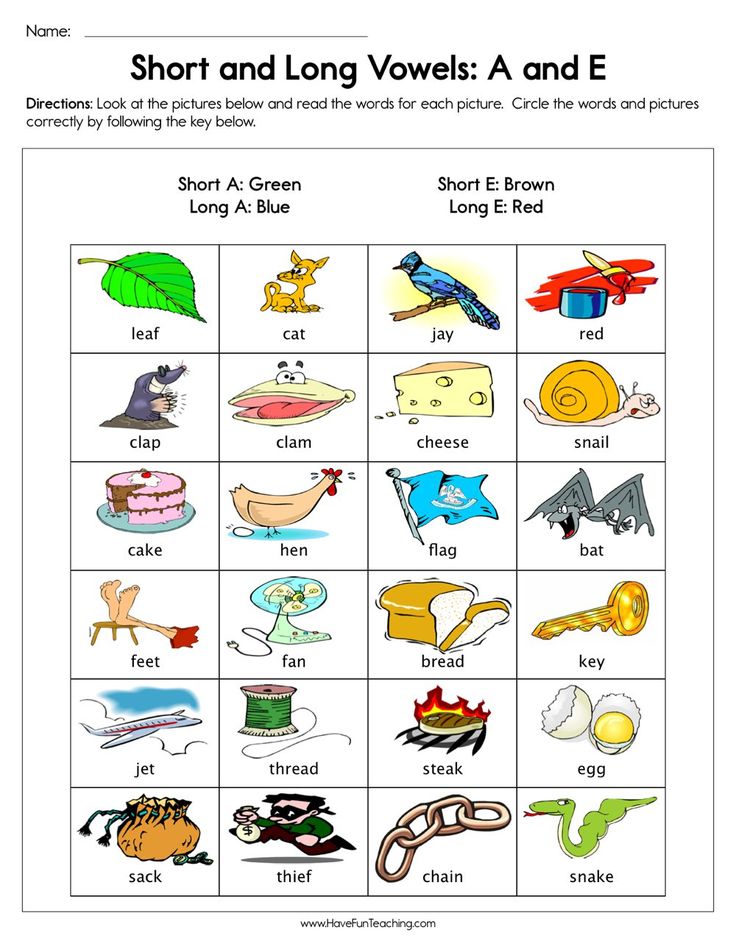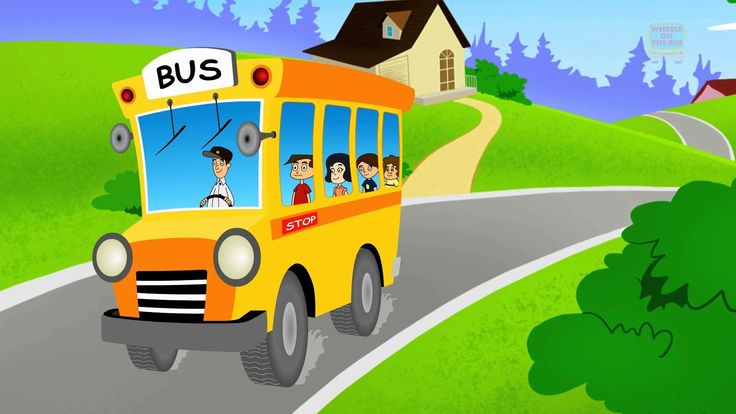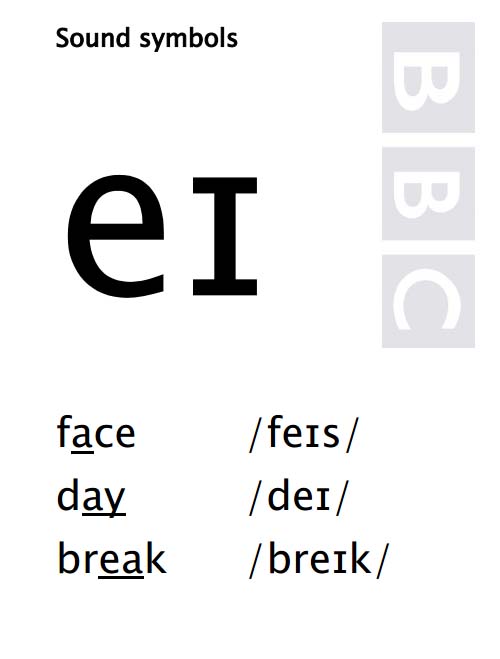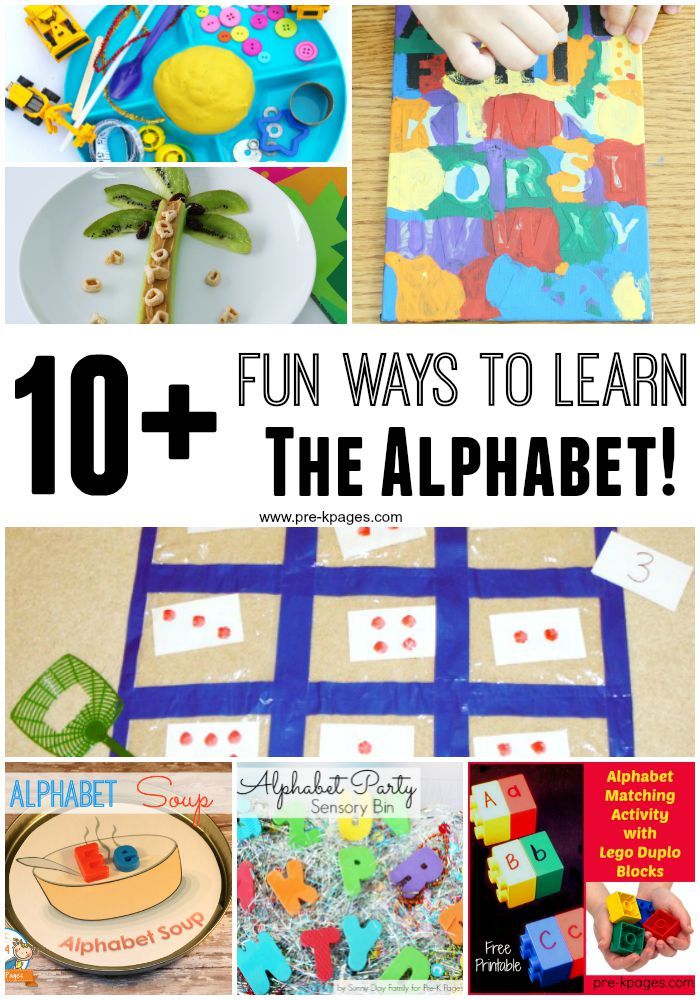Learning to read books for preschoolers
The Best Learning to Read Books
The best learning to read books and resources that really work!
When I was a child, I was a huge bookworm like everyone else in my family! My mom read to me every day for more than an hour; and I couldn’t wait until I was learning to read books. I can remember how excited I was when I was able to read my first chapter book! So naturally, I thought everyone loves to read.
As a teacher, I quickly realized this wasn’t the case. Learning how to read books was frustrating for many of my students. I often needed to backtrack quite a bit and foster a love for words, rhymes, poems, and songs before they were ready. That was because the journey to becoming a reader starts much earlier in life than most of us realize.
Surprisingly, a large part of it doesn’t even involve books or letters!
Get our free book guide to always have a wonderful book to read next!
Learning to Read Books
What comes first?
When children learn to read, the most significant indicator for literacy is what educators call phonological awareness. Rhyming is one of the seven skills that fall under this umbrella.
Reading nursery rhymes and singing rhyming songs are beautiful ways to teach children to rhyme.
Play games that will help your child hear the sounds in words and learn to manipulate them. Silly songs like “Apples and Bananas” are highly effective in helping kids manipulate vowel sounds in words.
This Phonemic Awareness Activities box focuses on awareness of sounds, rhymes, syllables, and more.
Developing Phonological Awareness
“Play into Reading Readiness” is a great book for the seven essential skills in phonological awareness.
During my seven years of teaching struggling readers, I found that mastering phonological awareness skills was essential to becoming a fluent reader! So, make sure to spend ample time practicing these skills. While you play word games, sing, and rhyme, you naturally also want to read together every day. As you read to your child, encourage them to tell you the story in their own words by using the pictures.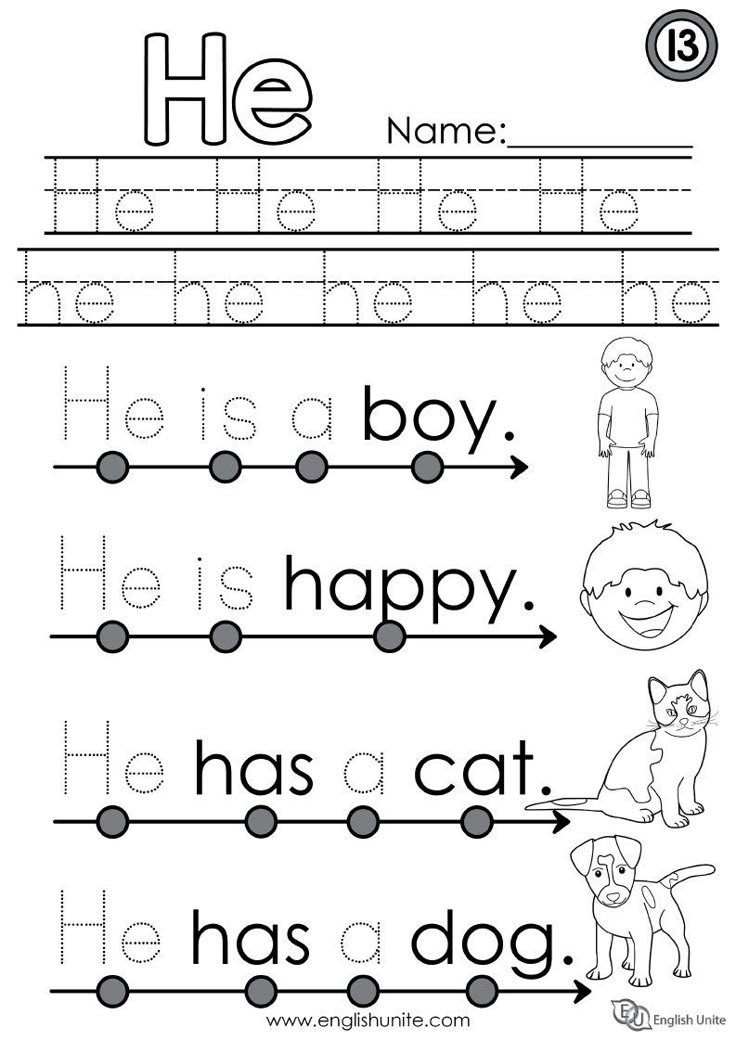 Even before your child is able to sound out words, you can have her read along with you.
Even before your child is able to sound out words, you can have her read along with you.
When you read familiar books together, let your children say the words they know. I am sure you have at least a couple of books your children ask you to read over and over. “The Little Blue Truck” was a favorite in our home. We read it hundreds of times, and both of my kids loved saying the animal sounds as we pointed to the words.
Rebus Readers
Rebus readers fit perfectly with this concept of reading along with a parent. In case you are not familiar with them, check out “Pig Out” from the All Aboard Picture Readers series or “We Love Our School” by Judy Sierra. The sentences in Rebus readers include words and pictures which makes them a wonderful stepping stone on the road to learning to read books. Your child will be able to read along with you by naming the pictures, which helps her understand that the words we speak are connected to the “symbols” in a book.
Letter Sounds
Beyond reading to and with our children, research tells us that clear and explicit phonics and word study is what helps them learn to read.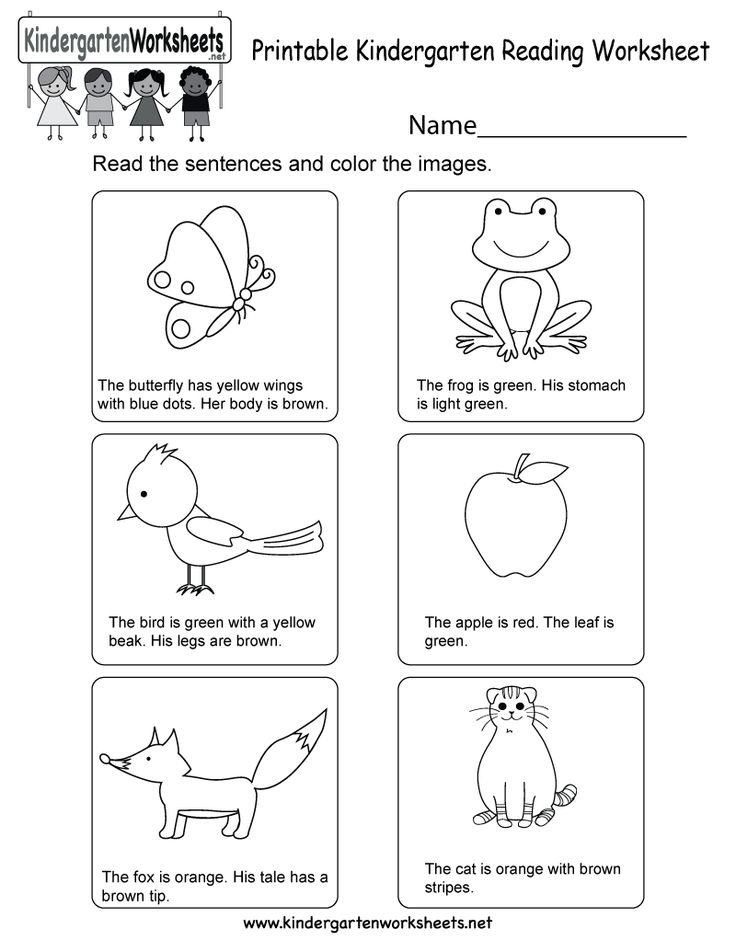 You want to introduce letter sounds at the same time as the alphabet. I love to keep learning sounds and letters fun and engaging with ABC games and activities.
You want to introduce letter sounds at the same time as the alphabet. I love to keep learning sounds and letters fun and engaging with ABC games and activities.
If you have a busy toddler or preschooler you might enjoy Tad’s Fridge Phonics by Leapfrog as much as I did. It would entertain my kids long enough for me to prepare dinner and they practiced letters and sounds while they played. Definitely a win-win all around.
I love to include all senses into children’s learning whenever possible. The ABC See, Hear, Do book series does a phenomenal job with this! This multi-sensory approach to learning letter sounds and blending first words is a complete game-changer for preschoolers! It makes learning how to read fun and engaging for your beginning reader.
As you can see, so much happens before your child is ready to read books. While you play games, sing, rhyme, and read together make sure you observe your child, wait for her curiosity, and let her take the lead. Your child will show you when she is ready to take the next step.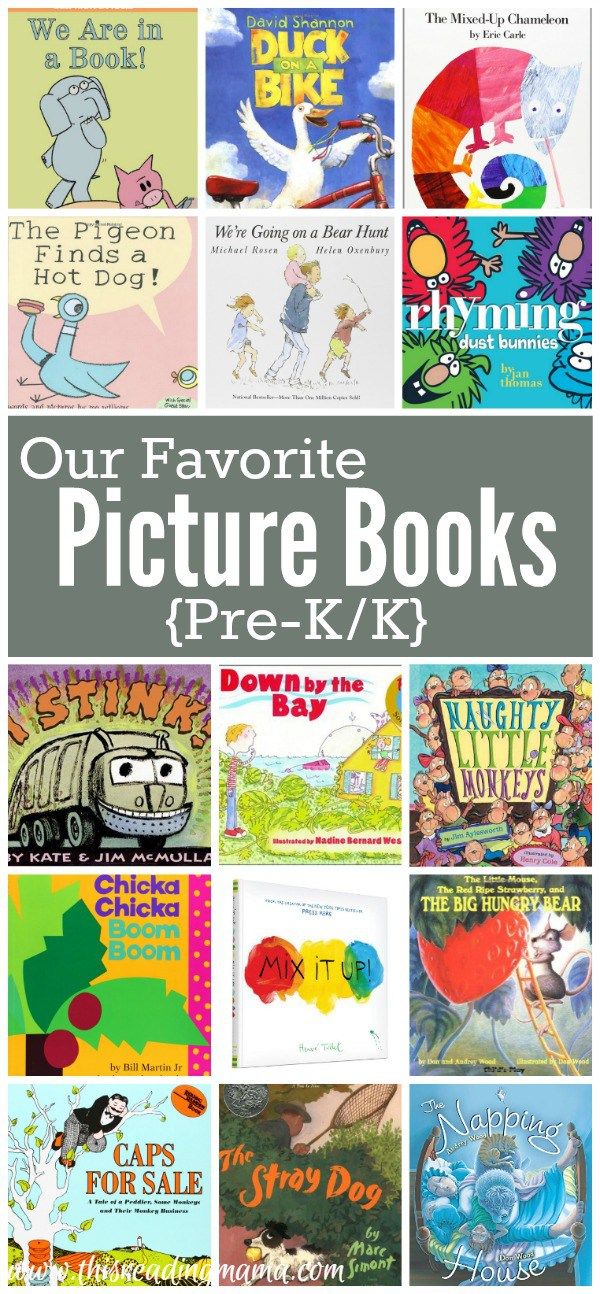
When my own children were learning to read books, I selected materials that followed systematic phonics and included only a small selection of sight words within the text. Many so-called “phonics readers” actually do not follow this concept well. So my advice is to be picky with the books you use when your child starts to read.
Books to Teach Reading
My son and I enjoyed working through “Teach Your Child to Read in 100 Easy Lessons” together. This book lays each lesson out well and is very simple to follow. Your child will learn to read books while you complete lessons day by day. It is hands down one of my favorite books to teach reading! A drawback is that the methodology can seem repetitive and not very engaging. Instead of skipping parts of the book, simply take breaks and substitute with other phonetic readers before you continue on.
BOB Books
Both of my children loved the Bob Book Series. We own all sets and read them along with the 100 Easy Lessons book.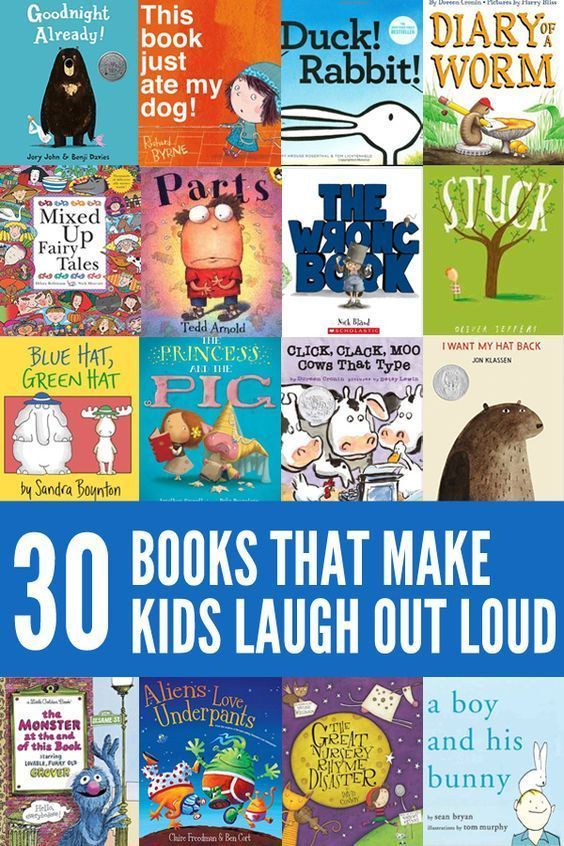 This “Learn to Read with Bob Books” set even includes an activity book. The twelve books in this first series focus on letter sounds, and building up children’s confidence to say “I read the whole book! “. Consistent vowels and slightly longer stories ensure that your child has mastered the basic phonics with this reading foundation set before they advance. All series include a parent book. Make sure to utilize it to guide you and your child!
This “Learn to Read with Bob Books” set even includes an activity book. The twelve books in this first series focus on letter sounds, and building up children’s confidence to say “I read the whole book! “. Consistent vowels and slightly longer stories ensure that your child has mastered the basic phonics with this reading foundation set before they advance. All series include a parent book. Make sure to utilize it to guide you and your child!
Phonics Books
Another easy beginner phonics series is “Simple Phonics Books” to allow a child to gain confidence at their own pace”. If your child struggles to connect with the plain illustrations and look of BOB books, then this series is another great option for you. The first set of five books uses simple phonics words consisting of consonant – vowel – consonant and minimal sight words, without punctuation and relates clearly to the witty illustrations. Follow it up with set number 2 which keeps the storylines similar, but introduces punctuation and more complex words.
Follow it up with set number 2 which keeps the storylines similar, but introduces punctuation and more complex words.
Guiding your children as they are learning to read books is a joy!
Remember to observe, let them take the lead, and most of all, whatever you do, keep it fun! Learning to read can be filled with fun, games, laughter, silliness, and lots of bonding time between you and your little ones.
For some great book lists to read aloud to your child, we recommend these:
Best of Books
- Best Books About Farm Animals
- Best Ocean Books for Kids
- Best Read-Aloud Preschool Books
- Best Rhyming Books for Kids
- Best Yoga Books for Kids
- Best Friendship Books for Kids
Books for Social/Emotional Growth
- Powerful Preschool Books that Celebrate and Accept Differences
- Books on Kindness
- Books that Teach Gratitude and Thankfulness for Kids
- Author
- Recent Posts
Marion Bartlett
I'm Marion, and I'm a 1st Grade ESL teacher of seven years with a huge passion for everything literacy turned stay-at-home mom to my two amazing kids.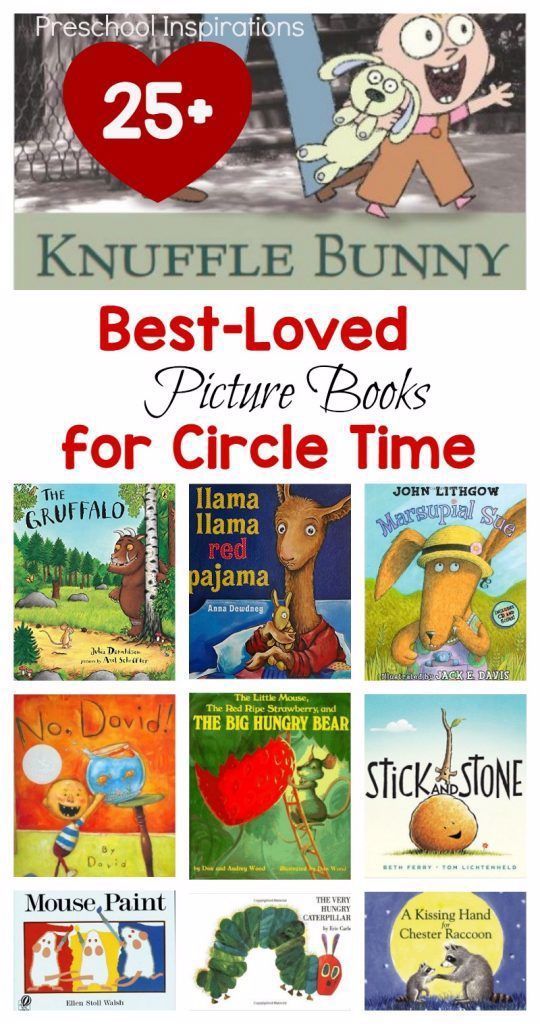
I love filling my home with books, music, games, and hands on learning.
Latest posts by Marion Bartlett (see all)
How to Raise a Reader - Books Guides
By Pamela Paul and Maria Russo
Illustrations by Dan Yaccarino
From the moment you’re expecting your first child, you are bombarded with messages about the importance of reading. For good reason: The benefits of reading at every stage of a child’s development are well documented. Happily, raising a reader is fun, rewarding and relatively easy.
Looking for more tips? The authors of this guide turned it into a book. Learn more about it, and order a copy now.
Start Them Early
First, Reacquaint Yourself With Reading
If you’ve let reading slide to the margins of your life, now is the time to bring it back. Make the space, and time, for books you read for yourself, and books you read with your child. If you want to raise a reader, be a reader.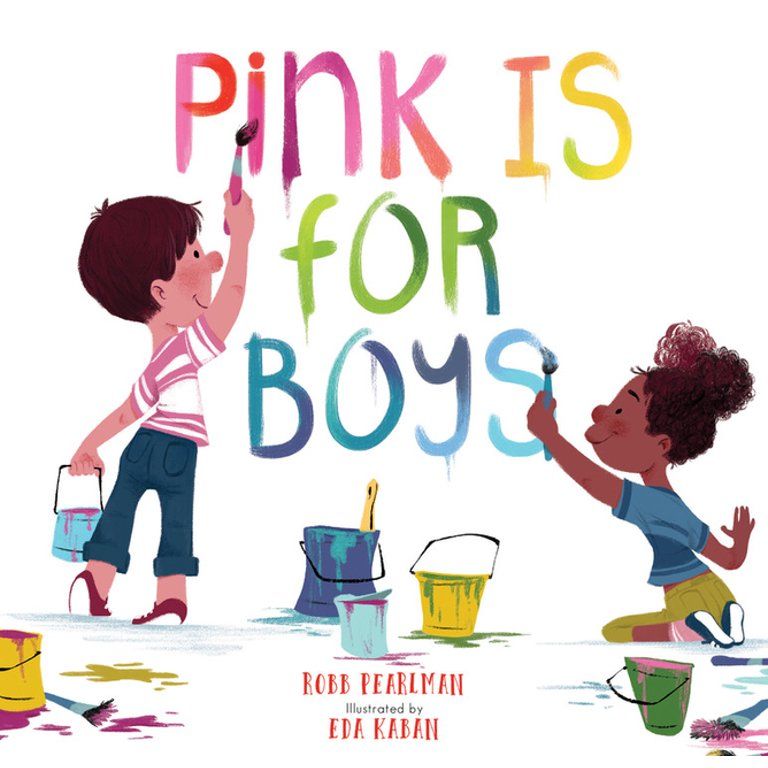
Baby Books Are a Necessity
You may think you’re off the hook with books until your baby is at least vertical, but not so. Even newborns benefit from the experience of hearing stories (and they can’t complain about your taste in books). So take advantage. Here’s how:
Read out loud, every day. Any book. You can read anything to a newborn: a cookbook, a dystopian novel, a parenting manual. The content doesn’t matter. What does matter is the sound of your voice, the cadence of the text and the words themselves. Research has shown that the number of words an infant is exposed to has a direct impact on language development and literacy. But here’s the catch: The language has to be live, in person and directed at the child. Turning on a television, or even an audiobook, doesn’t count. Sure, it’s good to get started reading aloud the children’s books that will be part of your child’s library. But don’t feel limited. Just be sure to enjoy yourself.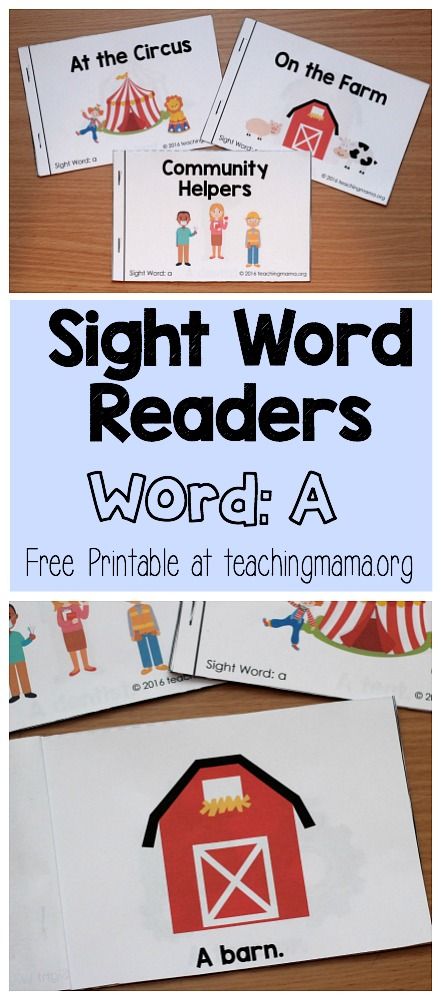
Use your senses. Babies who are read to are learning that reading is fun and can involve all the senses: the feel of the pages, the smell of the glue (don’t go crazy), the visuals of the illustrations, the sound of the parent’s voice. Try it: Texturized books are especially good for your child’s tactile experience.
Mind your audience. Make eye contact, but don’t look for a particular reaction. It may seem like babies are not listening, but they are absorbing the experience. And the patterns, routines and attentive habits that are set now will last a lifetime.
Get your baby talking. Babies may start making sounds in response to your reading. This is why many books for this age contain nonsense words or animal sounds — they’re easier to mimic. Try it: If your child make a noise, respond. It may make no sense to you, but it’s communication. There’s a straight line from this moment to your first parent-child book club.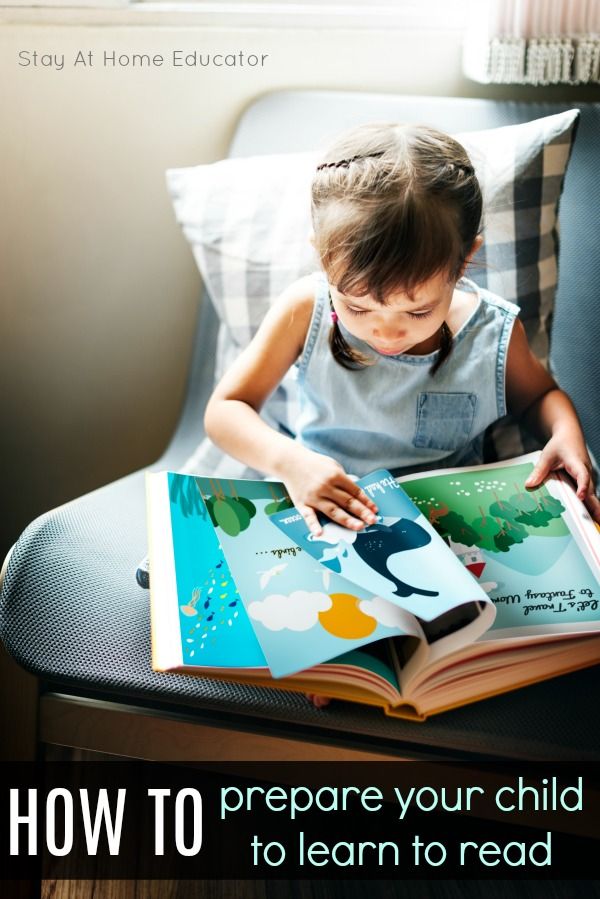
Toddlers
It’s hard to overestimate how important reading is to a toddler’s intellectual, social and emotional development. When you read with toddlers, they take it all in: vocabulary and language structure, numbers and math concepts, colors, shapes, animals, opposites, manners and all kinds of useful information about how the world works. What’s more, when you read out loud, your toddler connects books with the familiar, beloved sound of your voice — and the physical closeness that reading together brings. You are helping build a positive association with books that will last a lifetime.
Keep in mind:
Reading happens throughout the day. Nightly bedtime reading is a familiar routine for parents of toddlers — what better way to get your little ball of energy to relax before bed? Make sure the atmosphere is soothing and not rushed, and choose some of the many books that end, strategically, with a peaceful going-to-bed scene (though friskier books about sleep-avoiding children are fun, too).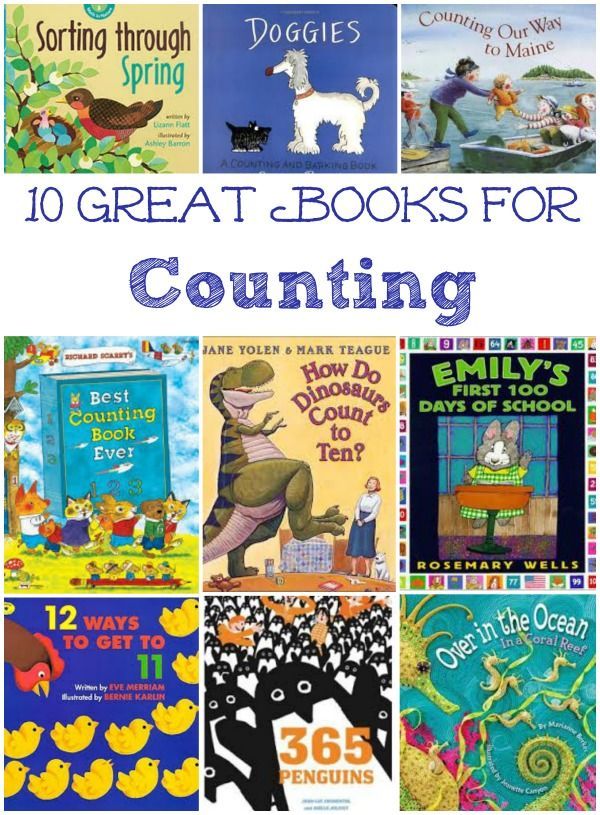 But read with your toddler during the day, as well. Offering to read books with toddlers is one of the best ways — some days, it can seem like the only way — to get them to slow down and focus. Sit close, and enjoy these moments of connection while it’s still light outside.
But read with your toddler during the day, as well. Offering to read books with toddlers is one of the best ways — some days, it can seem like the only way — to get them to slow down and focus. Sit close, and enjoy these moments of connection while it’s still light outside.
Introduce your own taste. You’ve been reading a long time, and you have a sense of what you like in grown-up books. As a parent, you have the chance to rediscover your taste in children’s books. Pull out your old favorites, and find what’s new that catches your eye when you’re in bookstores, libraries or friends’ homes. The good news is that the best authors and illustrators of children’s books aim to please their grown-up audience, too. Try it: Tweak the text when you’re reading out loud. Many classic children’s books are now considered sexist, racist, outdated and, in certain ways, downright awful. Feel free to make them better.
Respect your child’s preferences.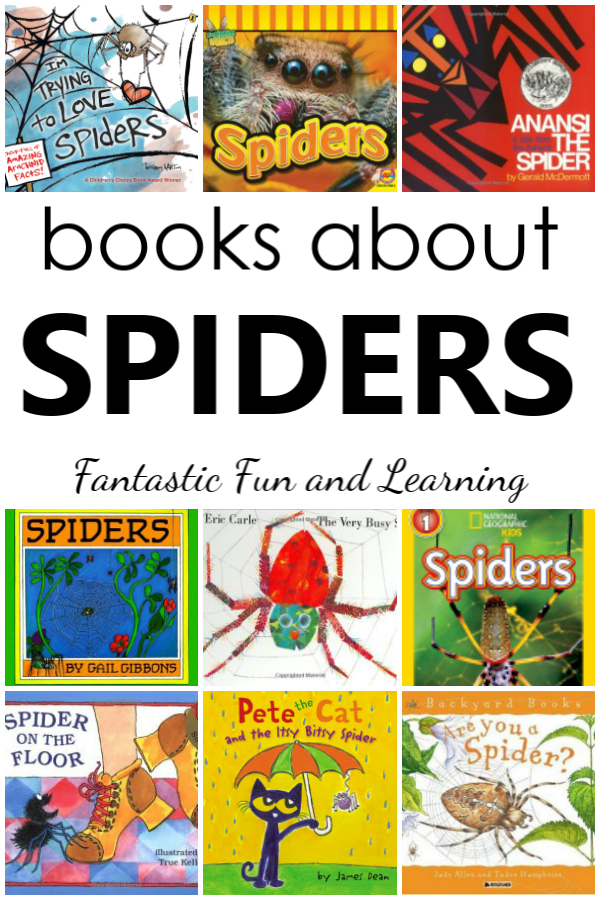 Your child is already surprising you with independent tastes and opinions. Just as your child doesn’t like your kale salad, he or she may not appreciate the exquisite black-and-white crosshatching of Robert McCloskey’s “Make Way for Ducklings” as much as you did as a child. You may not be all that excited about fairies or talking trucks, but your child might be. Encourage children to express what they like about their books, and find more books like those.
Your child is already surprising you with independent tastes and opinions. Just as your child doesn’t like your kale salad, he or she may not appreciate the exquisite black-and-white crosshatching of Robert McCloskey’s “Make Way for Ducklings” as much as you did as a child. You may not be all that excited about fairies or talking trucks, but your child might be. Encourage children to express what they like about their books, and find more books like those.
The parent-child pas de deux. The more you can make reading mutually satisfying, the more it will be associated with pleasure and reward. If your child doesn’t like your silly ogre’s voice, don’t use it. Remember, it’s your child’s story time, too. Try it: Let your child turn the pages, to control the pace. (It’s also great for developing fine motor skills.)
It’s O.K. to interrupt. Don’t get so caught up in your own reading that you ignore your child’s comments and queries.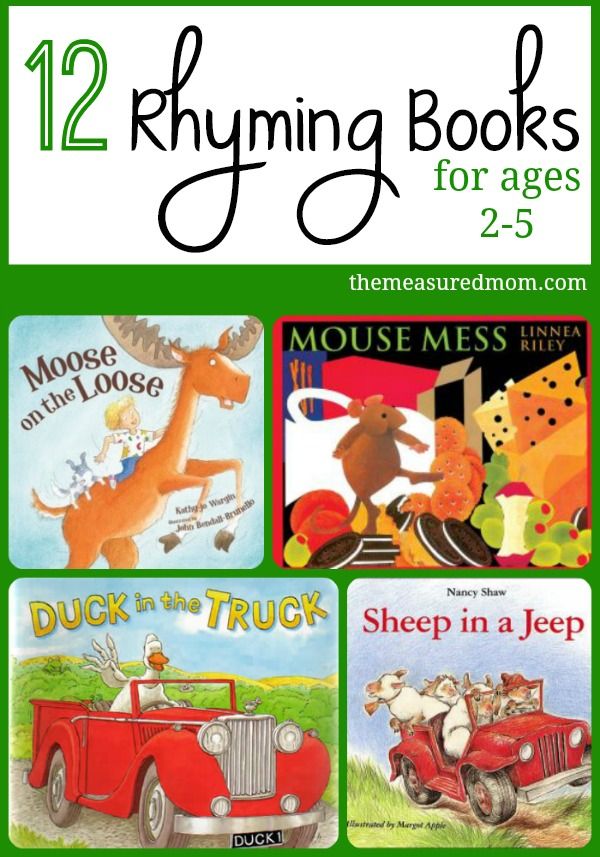 Interruptions show that your child is engaged. Try it: If you find yourself saying, “Just let me finish this page,” stop and ask your toddler to repeat the question. If children don’t seem engaged by the words, ask what they see in the pictures. Point at things and invite them to explain or narrate the action.
Interruptions show that your child is engaged. Try it: If you find yourself saying, “Just let me finish this page,” stop and ask your toddler to repeat the question. If children don’t seem engaged by the words, ask what they see in the pictures. Point at things and invite them to explain or narrate the action.
Expand your toddler’s world. Sometimes toddlers seem “stuck” on a certain book you’re not crazy about. Don’t deny them the books they like, but try to actively steer them toward other books as well. Most important, don’t be afraid to expose toddlers to subjects they don’t have any context for. All topics — even geology, the history of art, and life in different cultures — can be broken down into small parts and made interesting by a great children’s book. Try it: At a certain age, children may start to gravitate exclusively to stories that feature a protagonist of their own gender. This is not true for toddlers. Take advantage of this time to expose them to a balanced menu of characters.
Choose diverse books. All children need to see themselves reflected in the picture books around them. If your child is a member of a racial or ethnic minority, seek out books that feature children who look similar to yours — they are getting much easier to find. White children also benefit from books that show children with different skin tones and ethnicities. All children need to encounter books that present the variety of cultural traditions and family structures that coexist in our communities. Exposing children to diversity in books will prepare them for life in a diverse world.
More on Reading to the Youngest
How to Grow a Reader
Emerging Readers
That magical breakthrough moment — when your child shows an interest in letters, and begins to make out words on a page or in the world itself — happens at different ages for different children, even within the same family. Most parents describe a long period in which a child can’t keep letters straight or identify words, then a quick burst of comprehension, followed by more regular, but still sudden leaps. It really can seem like magic — so don’t rush it.
It really can seem like magic — so don’t rush it.
Some strategies to support your emerging reader:
Mix it up. When children start to pick out words, allow them to read to you some of the time, but reading time shouldn’t be strained, exhausting or feel like a test. At first, try pointing to words you know your child will recognize and have him or her read them. When your child knows more words, try reading alternating pages.
Don’t abruptly withdraw your reading services. Being read to is an enormous comfort and part of your bond, and you don’t want to convey to your child that becoming an independent reader jeopardizes that together time. Continue reading aloud picture book favorites — and some more-sophisticated books they can’t read on their own yet, like Roald Dahl’s “Charlie and the Chocolate Factory,” or Kate DiCamillo’s “The Miraculous Journey of Edward Tulane.”
Every child learns to read at a personal pace.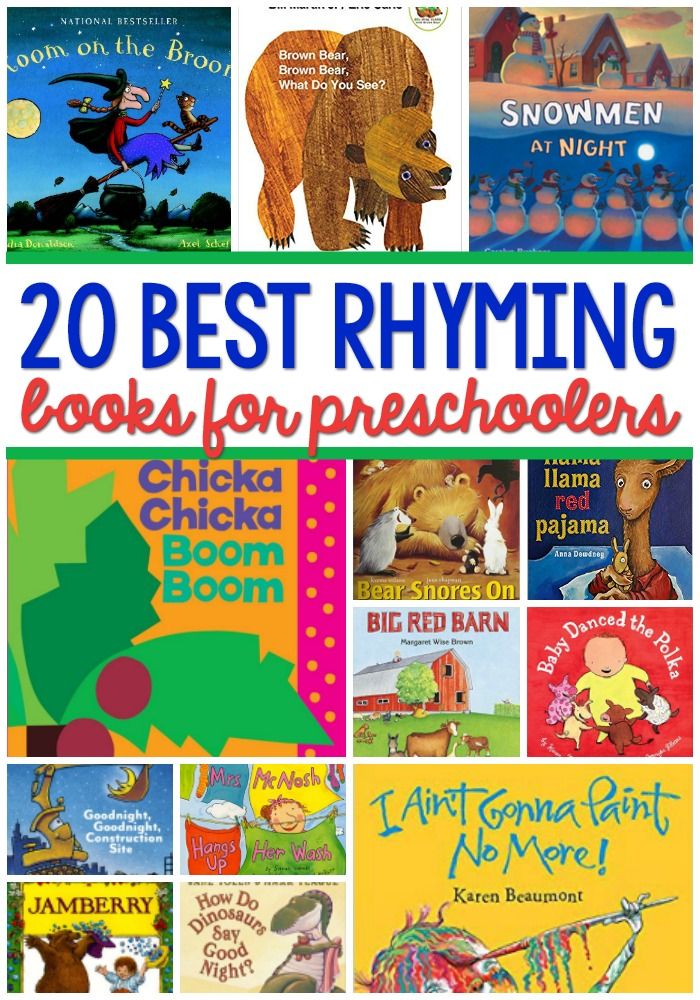 There is no “correct” age for independent reading, and no special formula for getting every child to read by, say, age 5½. In fact, few 5-year-olds are ready to do full-on independent reading — even if many kindergarten programs are structured toward that goal. If you’ve been focused on raising a reader all along, you can feel confident that your child is taking the steps toward independent reading at the pace that’s personally right.
There is no “correct” age for independent reading, and no special formula for getting every child to read by, say, age 5½. In fact, few 5-year-olds are ready to do full-on independent reading — even if many kindergarten programs are structured toward that goal. If you’ve been focused on raising a reader all along, you can feel confident that your child is taking the steps toward independent reading at the pace that’s personally right.
Don’t make reading work. Your child may already be under pressure to learn to read at school.
Reading at home should be beautiful, fun, curiosity-quenching and inspiring.It’s great if you can help support your child while learning to read, but your most important job is more profound: to foster a love of reading. Don’t put it on yourself to make your child hit particular targets.
Check in with the teacher. Talk with your child’s teachers, but don’t get nervous if your student is not reading at the same level as his or her peers.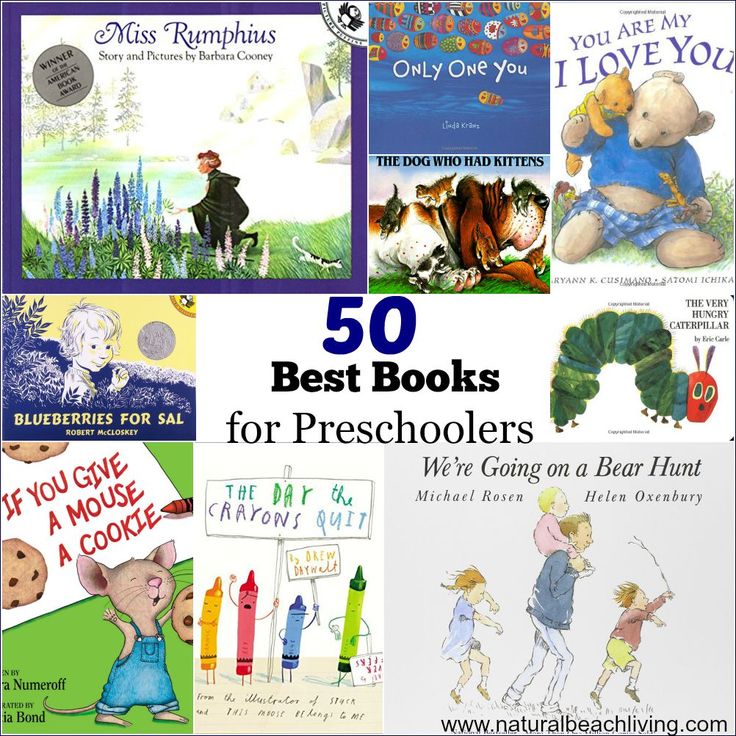
Late readers often grow up to be better, more enthusiastic readers. That said, if you or your child’s teacher suspects a reading challenge, like dyslexia, get a formal evaluation. Your child may be under more stress about learning to read than you realize.
Early Readers
As your child begins to read independently, your role expands. Keep reading with your child, but also supply a steady stream of books that are appealing, and lots of positive vibes and good conversation about reading and books in general.
Ask, “what are you reading?” Make this question a big part of your life. When you’re with your child and a friend, ask what the friend reads, and start a conversation. Your child may want to read what friends are enthusiastic about.
Tip: Ask other parents what their children are reading, and offer to swap books.
Make reading associated with maturity. Reading is a grown-up pastime, and can be done independently.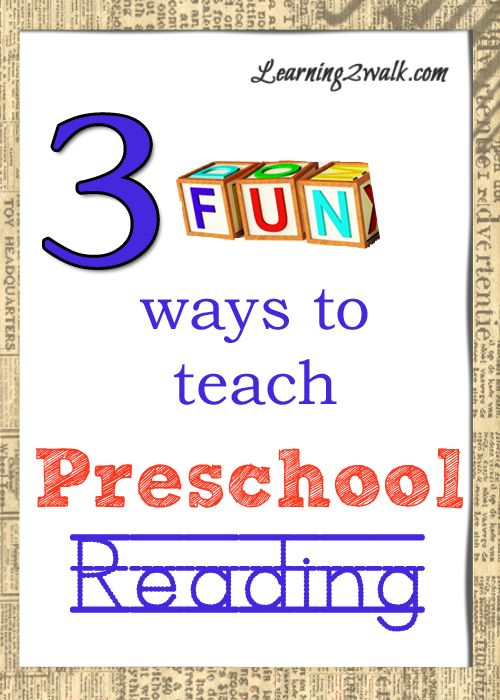
Try it: If your child’s bedtime is 7 p.m., extend it to 7:30 p.m. if the child stays in bed and reads.
A Few Words About Harry Potter
Don’t push Harry Potter too early. We love Harry Potter, but also feel there is no reason to read Harry Potter out loud to your child. If children are attracted to fantasy, they will come to love Harry so much, they’ll want to read the books on their own. In other words, Harry Potter is the dessert, not the vegetables. There are a lot of great books for kindergartners, but even the first Harry Potter book is not one of them. In fact, the sweet spot for the first four books in the series is the second through fifth grades; it’s fifth through seventh grade for the later books. There are some dark themes in the later books; the author, J.K. Rowling, wrote those understanding that her readers would grow into the later books as they worked their way through the series.
Our Reviews of the Harry Potter Series
Reluctant Readers, or Visual Readers?
For some early readers, a big block of text is like a giant, daunting stop sign.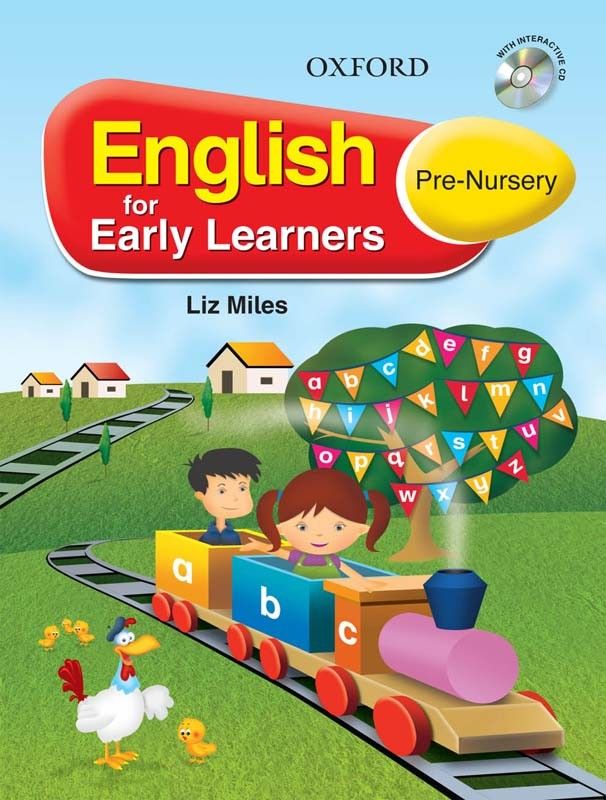 These children often get slapped with the label “reluctant reader,” when really they may just prefer more visual books. Resist applying that label and instead find books your early reader loves.
These children often get slapped with the label “reluctant reader,” when really they may just prefer more visual books. Resist applying that label and instead find books your early reader loves.
These tips can help you inspire a less enthusiastic reader:
Format doesn’t matter. Many chapter books with a highly visual, comics-influenced format (“Captain Underpants,” for example) were written specifically to help “reluctant readers” and children with challenges like dyslexia. The stories and characters can be rich and well developed, and children still learn reading skills with these more visually driven books. Graphic novels for young readers, meanwhile, have been steadily improving in literary quality, often winning prestigious awards and appearing on best-of-the-year book lists.
Make room for comics and manga. Don’t denigrate your child’s interest in this genre. Many of the most celebrated literary figures of our time not only grew up devouring comics, but also incorporate comics-inspired themes into their prize-winning novels: Michael Chabon, Junot Díaz and Jonathan Lethem, to name a few. Many children become avid readers through their love of comics. You may have even loved reading Archie, Smurfs or Superman before going on to read Gabriel García Márquez.
Many children become avid readers through their love of comics. You may have even loved reading Archie, Smurfs or Superman before going on to read Gabriel García Márquez.
A book about a computer game is still a book. Plenty of reluctant readers are fans of popular computer and video games. Many of these games have book counterparts, which can be a great way to steer your child toward the pleasures of text. There are lots of books featuring Minecraft, Pokémon, Plants vs. Zombies, and the like. From there, you can expand your child’s repertory to graphic novels and comics, and then full-text books.
Don’t forget nonfiction. Some reluctant readers are fact-gatherers, who may be more inspired by reading nonfiction. If it’s presented in a highly visual format, all the better for conveying even more kinds of information. Look for books about presidents, states, ancient history, the solar system, animals, natural disasters, and other topics they’re interested in.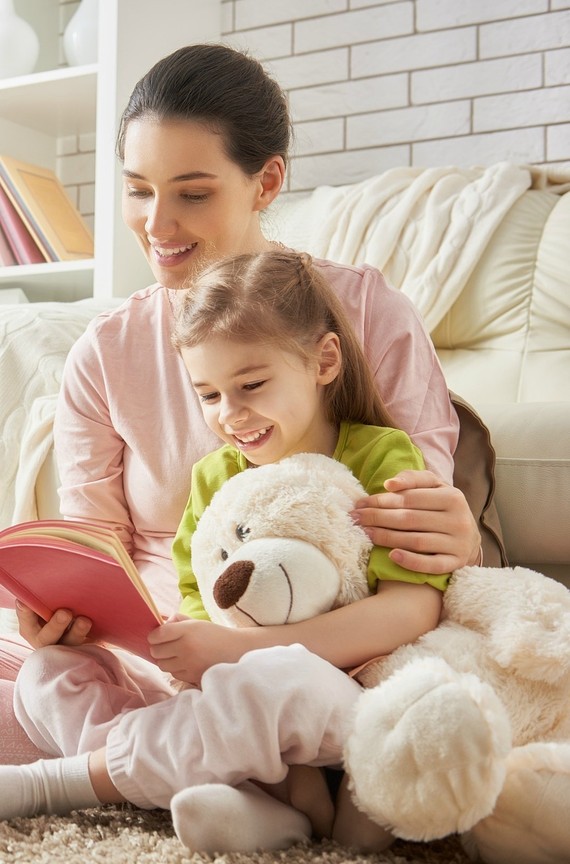
Never treat books as a chore. Don’t say, “If you spend 30 minutes reading, you’ll get to play on the iPad/eat ice cream/be paid a dollar.” Instead, treat reading as its own reward — a privilege, even. Nobody earns candy for eating cookies.
Our Favorite Graphic Novels, Memoirs and History Books
GRAPHIC NOVEL“Bone” by Jeff SmithThe great Bone saga begins in this edition, as Fone Bone, Phoney Bone and Smiley Bone meet some scary monsters.
Amazon | Barnes & Noble | Local Booksellers
Astrid decides to join a summer roller derby camp, but can she stay close to her best friend even though they are growing apart?
Amazon | Barnes & Noble | Local Booksellers
Harriet Tubman’s escape from slavery is one subject covered in this nonfiction series.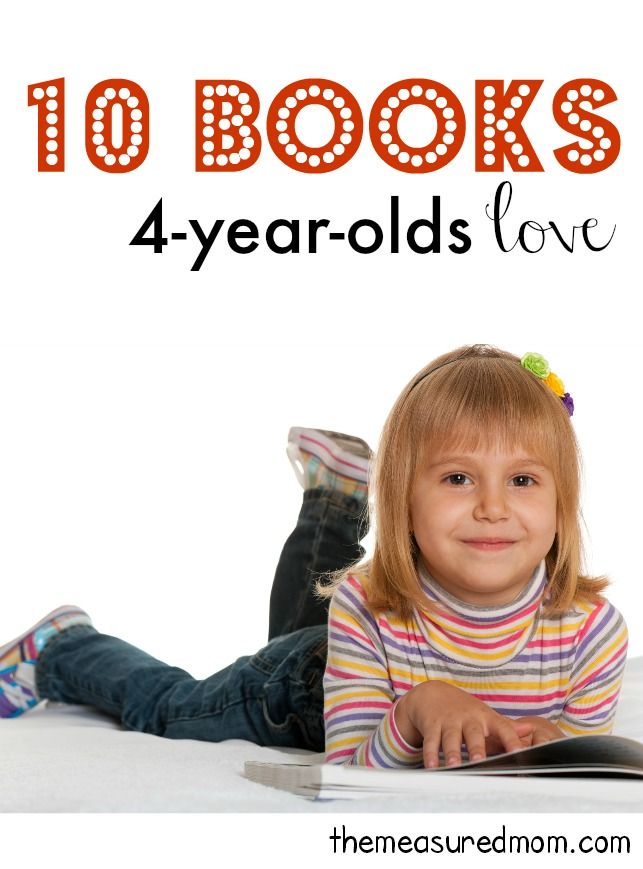
Amazon | Barnes & Noble | Local Booksellers
When his family moves to the suburbs, Jin Wang wonders why he doesn’t fit in with the “all-American boys.” Read the review.
Amazon | Barnes & Noble | Local Booksellers
Raina experiences braces, boy troubles and other plagues of the sixth grade. Read the review.
Amazon | Barnes & Noble | Local Booksellers
Foster a Family of Readers
It Starts With You
We’ll say it again because it’s easy to forget among the demands of parenthood: If you want your child to be excited about reading, you should be, too. These precious years when your child is living at home, observing your approach to life, are a great time to nurture your own reading habits.
Here’s how to make reading a family activity:
Beyond the “reading log” mentality.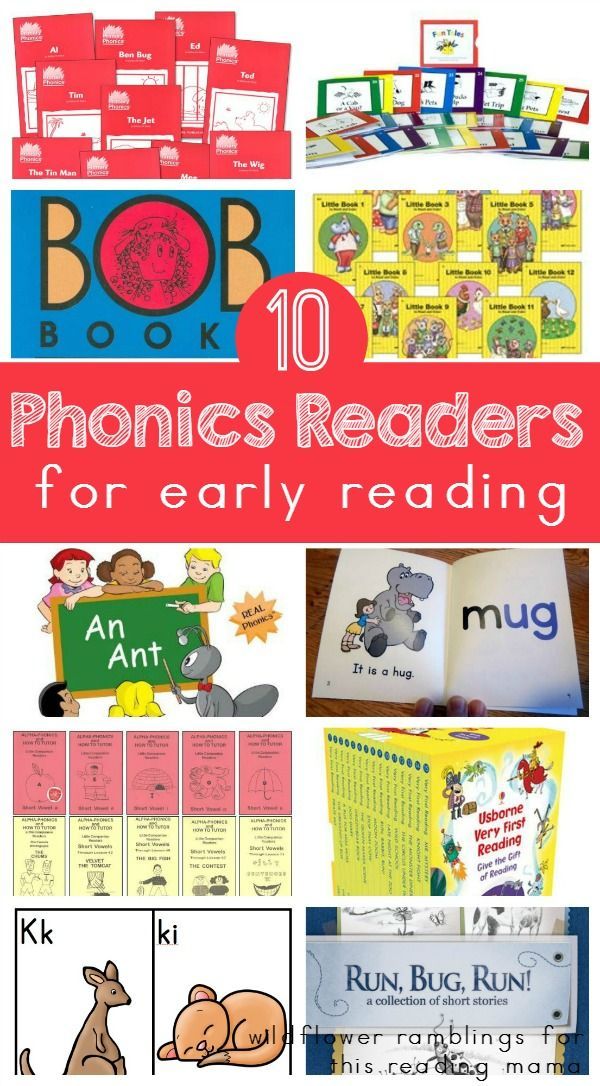 Many students have to keep “reading logs” from elementary school through middle school, a well-meaning, but somewhat controversial practice that risks turning reading into a chore. If your child must keep one, consider the fine irony in bugging your student to crack a book every night, if you rarely do it yourself. Seeing you choose to read can help with your child’s approach to mandated reading time.
Many students have to keep “reading logs” from elementary school through middle school, a well-meaning, but somewhat controversial practice that risks turning reading into a chore. If your child must keep one, consider the fine irony in bugging your student to crack a book every night, if you rarely do it yourself. Seeing you choose to read can help with your child’s approach to mandated reading time.
Make reading a group activity. Just as younger children parallel play, older children parallel read. And reading together — separately — is a wonderful way to spend time in each other’s company. Try it: Instead of organizing family leisure time around TV, movies or video games, schedule a regular family reading time. As your children begin to choose their own books and read independently, they may be less inclined to talk to you about what they’re reading. But if they are reading right next to you, you’ll hear them laugh, exclaim or give some other response, which gives you an opening to conversation.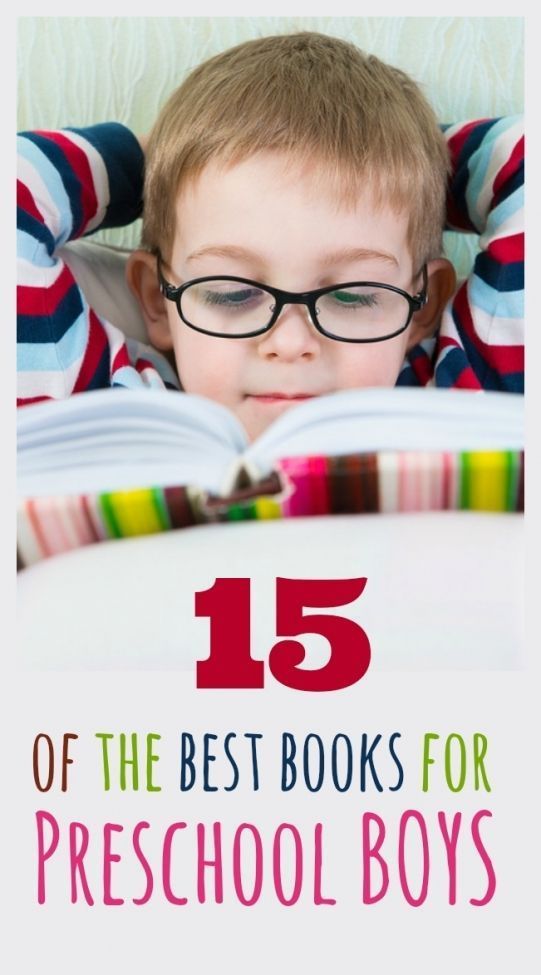
Foster Independent Reading Comprehension
Avoid giving your child an e-reader. Studies have shown that people, especially children, absorb and retain stories better when they read them in print. So there is a good pedagogic reason to urge your children to stick to paper. At night, screen time is known to interfere with melatonin cycles, which makes it harder to fall asleep.
Books belong everywhere. Even a devoted anticlutter person should make an exception for books. Create impromptu reading opportunities for your child by leaving books in places where they may be picked up in an idle moment. Discovered on a coffee table, a great photography book or a book about lizards may occupy children for long stretches. A big, visual, information-rich book like David Macaulay’s “The Way Things Work” can be an ongoing temptation for children of all ages. But don’t stop there. Leave paperbacks and magazines piled in the bathroom (yes, everyone reads on the toilet, even children), or anywhere they could catch a young reader’s eye.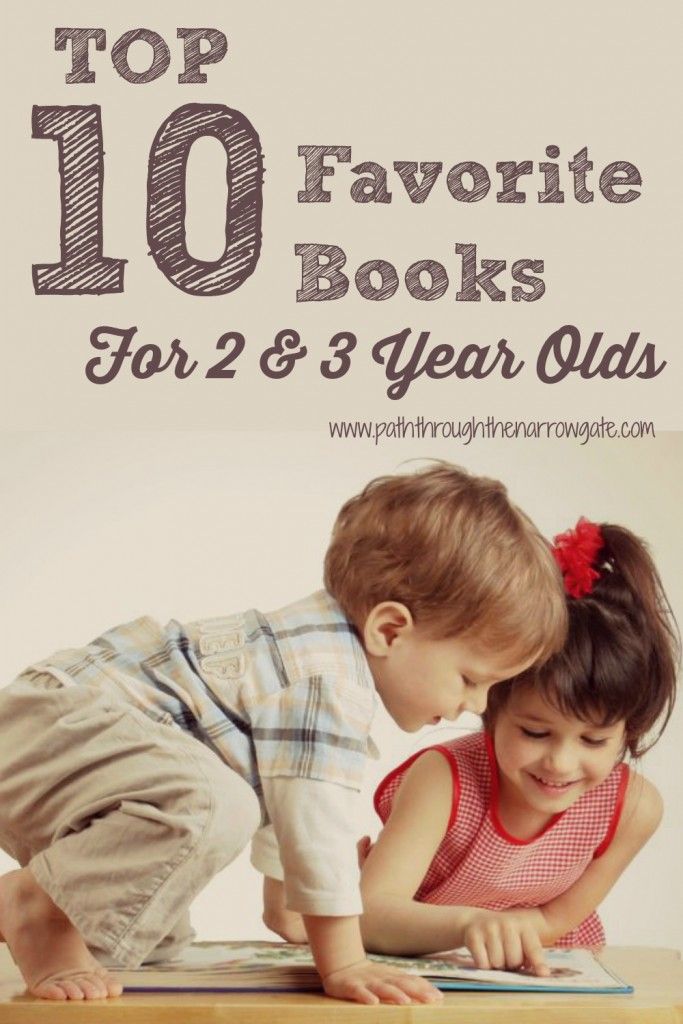
Join — or start — a parent-child (any combination) book club. These are great ways to strengthen your child’s relationship to reading — and to you. Being in a book club together increases the opportunities for you to start conversations about books, which may lead to deeper conversations about other subjects.
Books to movies. A movie adaptation of a novel your child loves is a great way to re-engage with the book, opening a conversation about how a story can be told in different ways. Encourage your child to read the book before the movie adaptation hits the screen. Consider establishing a family rule: No one watches the film until everyone has read the book.
Keep the New Books Coming In (and Going Out)
Let your child build a personal collection. Children love collecting. Make your child’s book collection a point of personal pride and identity. Every child should have a special bookcase. Plan for long-term storage for the best of this collection.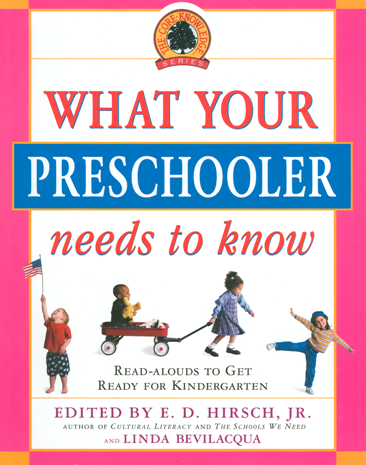 When your children reach adulthood and discover that you still have the books that meant so much to them in childhood, they (and you!) will appreciate it.
When your children reach adulthood and discover that you still have the books that meant so much to them in childhood, they (and you!) will appreciate it.
Books are for giving. Not every book your child owns is bound for the permanent collection. Keep a regular conversation going about which books your child is ready to hand down to younger siblings, cousins or friends. It’s also great to pass some on to shelters, doctors’ offices, schools, charity sales or local libraries.
Consider a birthday-party book swap. When your child is at the picture-book stage, ask guests to bring a wrapped book instead of gifts, and have everyone choose one on the way out. (Don’t forget to also wrap one from the birthday child — who gets to pick first!) It’s nicer than goody bags filled with candy or plastic toys, and teaches children that books are special.With older children, have guests bring an unwrapped book, and have them choose from the pile. Determine the order by pulling numbers from a hat, or through a contest or game.
Don’t let the steep price of books stand in your way. Make regular trips to the library (even better as a family) to keep a constant stream of new and intriguing books around the house. Many local libraries no longer have limits on the number of books you can take out at one time. And keeping a constantly rotating menu of books on hand exposes children to a variety of subjects, formats and genres, piquing their curiosity.
Local libraries are indispensable resources. They often offer:
- Storytelling hours
- Author visits
- Community events for the whole family
- Free computer access with kid-friendly games
Let your children become members as soon as they are old enough. A child’s first library card is a rite of passage, often the very first official membership card in a young life. Teach your children that library membership is a privilege and a responsibility. Most children really treasure their library cards, for good reason. It’s not just a ticket to great books, it’s a milestone.
It’s not just a ticket to great books, it’s a milestone.
More From Books
Know Your Books
Here are the various types of books you and your child will encounter as she grows.
Board Books
Birth to Age 3
Board books are small, thick cardboard books that fit in a baby’s hand. They can be safely chewed on or thrown across the room. They are equally visual and verbal; pictures tell the story as much as the words do. Research shows that visual reading is an important precursor to verbal reading, and babies need to develop this skill. Decoding pictures and decoding words are part of the same process. Becoming a reader starts as soon as your baby pays attention to board books.
What Makes a Great Board Book
Familiarity. Our tiniest family members like to see their own world reflected on the page — including other babies’ faces, and seemingly ho-hum household items like a stroller, a bottle or a crib. Everything is new to a baby.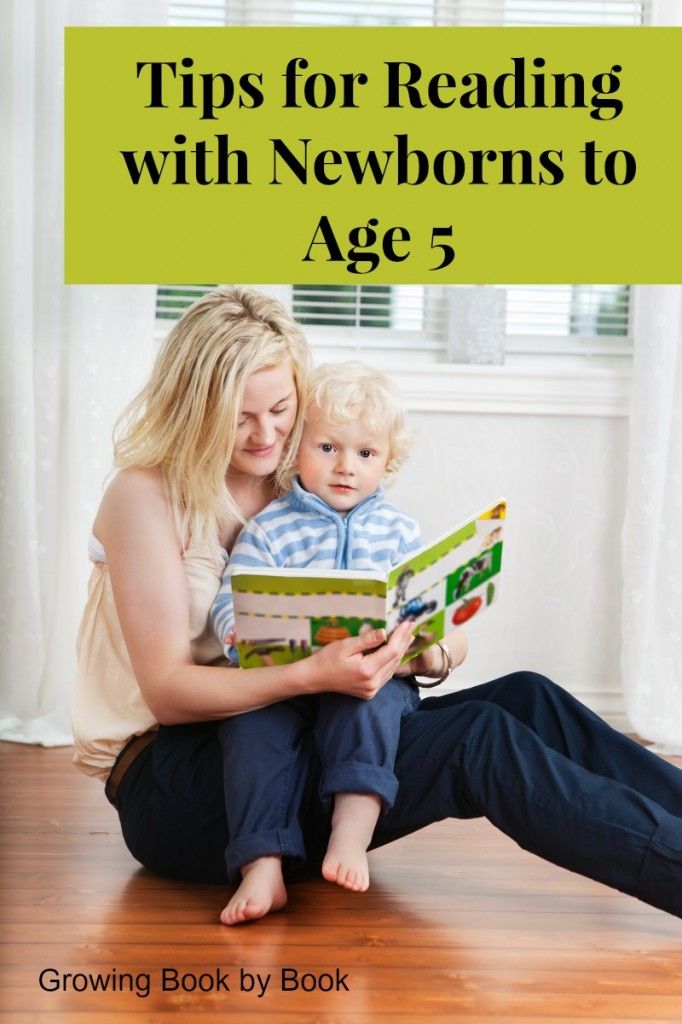 The pages of a simple board book may be boring to you, but pay attention to what delights your baby in a book, and find more like it.
The pages of a simple board book may be boring to you, but pay attention to what delights your baby in a book, and find more like it.
A feast for the eyes. Board books should have big, bright images and comparatively few words. For very small babies, easy-to-see, simple black-and-white pages with big patterns are a great way to start. As your baby gets older, find board books with bold color combinations and high-impact graphic design. Babies don’t necessarily appreciate the softer, more subtle palettes that appeal to adults.
All hands on board. Lift the flap. Feel the textures. Pull the tabs. (Babies love to manipulate these features.) As soon as they can use their hands, lift-the-flap books are a wonderful way to make reading a tactile activity as well as introduce the element of surprise into story time.
Watch Out For
Board-book versions of your favorites. Not every book that started out as a picture book works in the format.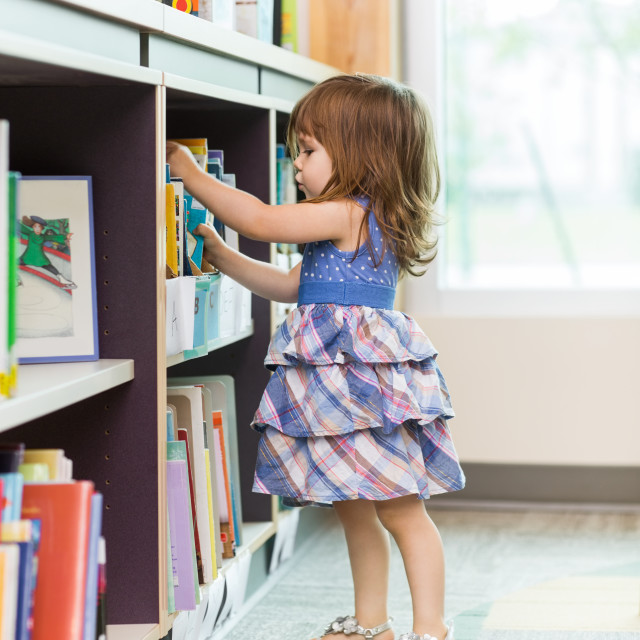 The art has to scale down well, and there has to be a strong, simple visual component to the story. Don’t assume a board-book version of your favorite picture book is the way to go. It may be best to wait until your baby can experience that beloved book in its bigger, intended format.
The art has to scale down well, and there has to be a strong, simple visual component to the story. Don’t assume a board-book version of your favorite picture book is the way to go. It may be best to wait until your baby can experience that beloved book in its bigger, intended format.
Gizmos and sounds. Babies can get easily overstimulated, and they will also quickly tire of these bells and whistles. (You will, too.) Your live, human voice should trump everything else.
A lot of blah-blah-blah. Too many words, and too few or too finely detailed pictures will try a baby’s patience. Every word in a board book should count.
Our Favorite Board Books
“Goodnight, Gorilla” by Peggy RathmannA mischievous gorilla isn’t quite ready to go to sleep.
Amazon | Barnes & Noble | Local Booksellers
The caterpillar is still hungry after all these years.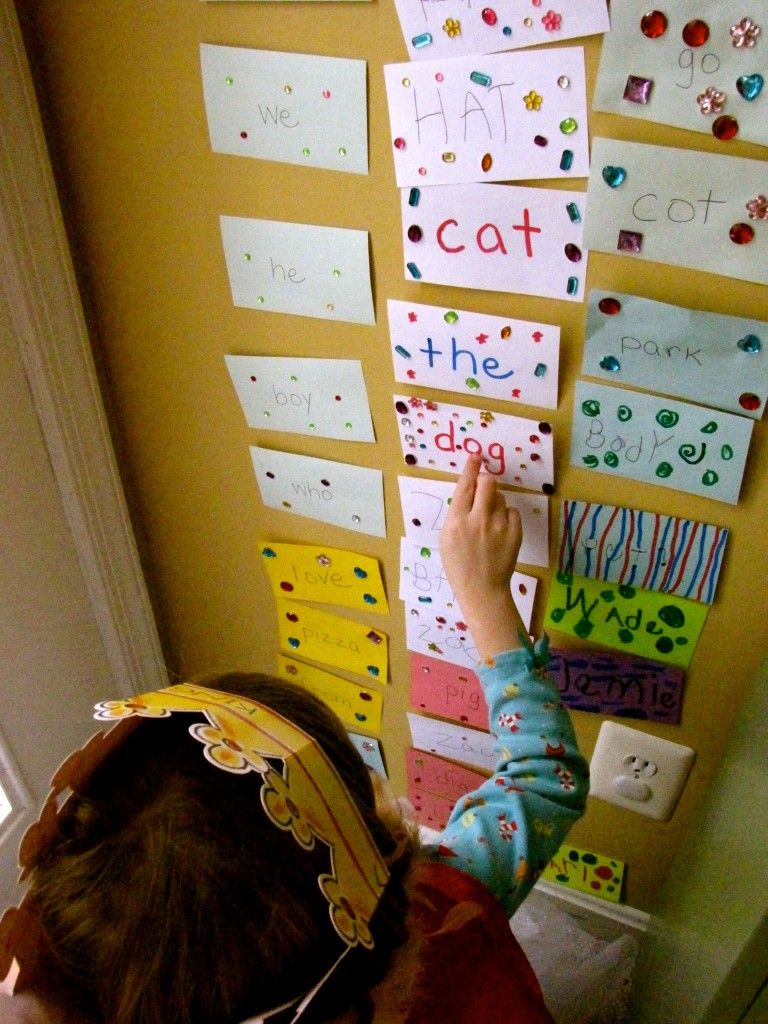
Amazon | Barnes & Noble | Local Booksellers
A shy hippo makes a big impact in this Sandra Boynton classic.
Amazon | Barnes & Noble | Local Booksellers
Maisy and her friends get ready for bed.
Amazon | Barnes & Noble | Local Booksellers
How Are We Doing?
Tell us what you think about this guide from The New York Times.
Take a SurveyPicture Books
Ages 2 - 8
Picture books are bigger than board books, with (be careful!) rippable pages and, usually, a slightly longer, more developed story. You can introduce picture books into the story time mix right from the newborn days, but the sweet spot for picture books is later toddlerhood and beyond. Your child’s awareness of the world is always expanding, and picture books tell more ambitious stories, going to new places, and helping the child to understand and navigate each stage of life (a new sibling, the beginning of preschool, conflict with a friend, fear of the dark, picky eating, and so on).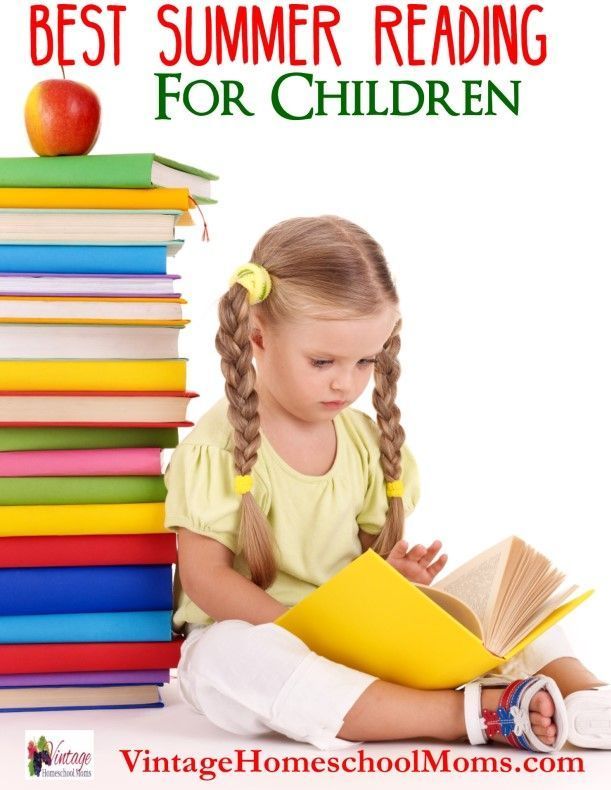
What Makes a Great Picture Book
It artfully combines great illustration and great words. Picture books are not just a lot of fun, they are an art form. As with board books, the images aren’t there merely to accompany the words — they work in tandem with text to tell the story. Sometimes you can suffer through some terrible text in the service of beautiful illustration. (And if you are reading a picture book to your child before she is reading herself, you can even get away with changing text that strikes you as outdated or just plain bad.) But the “greats” — the books you will keep in your library for years, and hope your children will pass on to their children — will have both incredible art and powerful, unforgettable language.
They are made by talented authors, illustrators and author/Illustrators. Some of the very best picture books are by author/illustrators like Maurice Sendak, Dr. Seuss, Leo Lionni, Jerry Pinkney, Lois Ehlert and Taro Gomi. These masters of the form can make a picture book seem like a whole world. But books written and illustrated by separate people can be just as amazing, combining a word-centric talent with a highly visual one — and you’ll often find well-known author/illustrators performing just one of those roles. Maurice Sendak and Ruth Krauss collaborated on the classic “A Hole Is to Dig,” for example. More recently, Adam Rex and Christian Robinson split duties on the charming “School’s First Day of School.” Tip: Get to know the names of well-regarded picture book authors, illustrators and author/illustrators.
These masters of the form can make a picture book seem like a whole world. But books written and illustrated by separate people can be just as amazing, combining a word-centric talent with a highly visual one — and you’ll often find well-known author/illustrators performing just one of those roles. Maurice Sendak and Ruth Krauss collaborated on the classic “A Hole Is to Dig,” for example. More recently, Adam Rex and Christian Robinson split duties on the charming “School’s First Day of School.” Tip: Get to know the names of well-regarded picture book authors, illustrators and author/illustrators.
They pay attention to the details. Every inch of a picture book is thought out, from the cover to the end papers. Feel free to judge these books by their covers — and look underneath them, as well, because often you’ll find a surprise on the reverse side.
They don’t get old. The all-time great picture books stay delightful even with frequent repetition.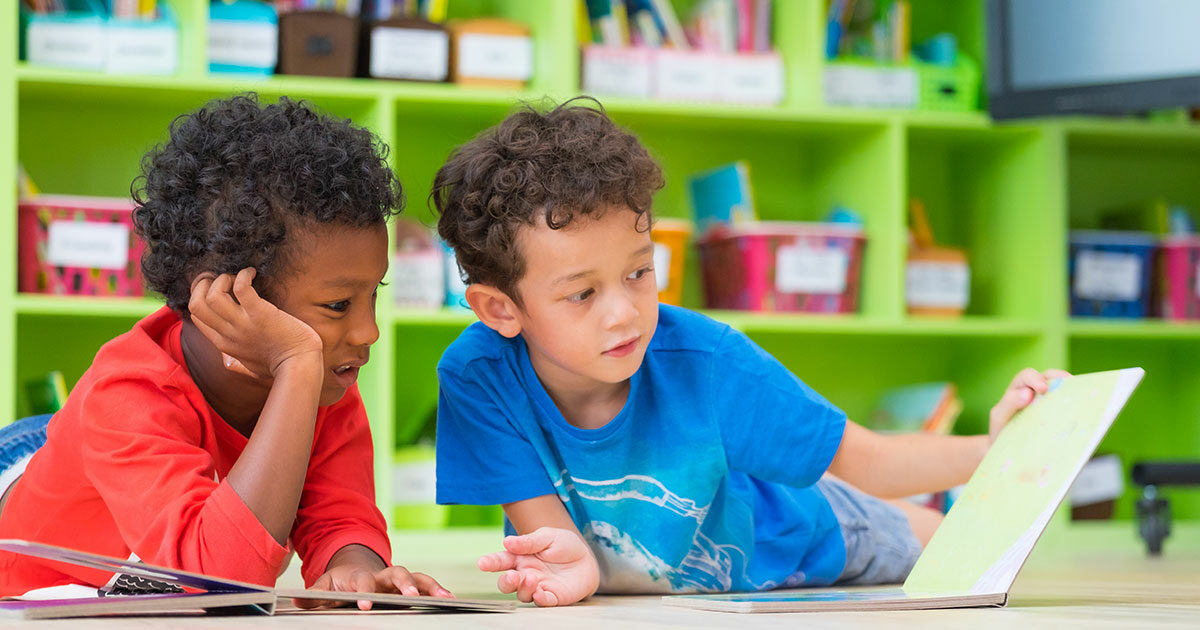 “The Snowy Day,” “Goodnight Moon,” “Where the Wild Things Are” are books you can read out loud repeatedly and not lose your sanity.
“The Snowy Day,” “Goodnight Moon,” “Where the Wild Things Are” are books you can read out loud repeatedly and not lose your sanity.
They let you look beyond words. Some of the great picture book are wordless, like Jerry Pinkney’s “The Lion & the Mouse,” David Wiesner’s “Flotsam” and Suzy Lee’s “Wave.” Wordless books are a fantastic opportunity to build your child’s visual literacy and help teach how to decipher images. Try it: Invite your child to tell you what is happening on each page and then ask, “What makes you say that?”
They use animals to create a “safe space” for children to work out problems. The ranks of great picture books have always been heavy with animal protagonists, as in “Little Bear,” “Frog and Toad” and “Pete the Cat.” It’s not just that children love animals — the critters in their books help them reflect on problems from a safe emotional distance. Animals are also often gender neutral and appeal to both sexes.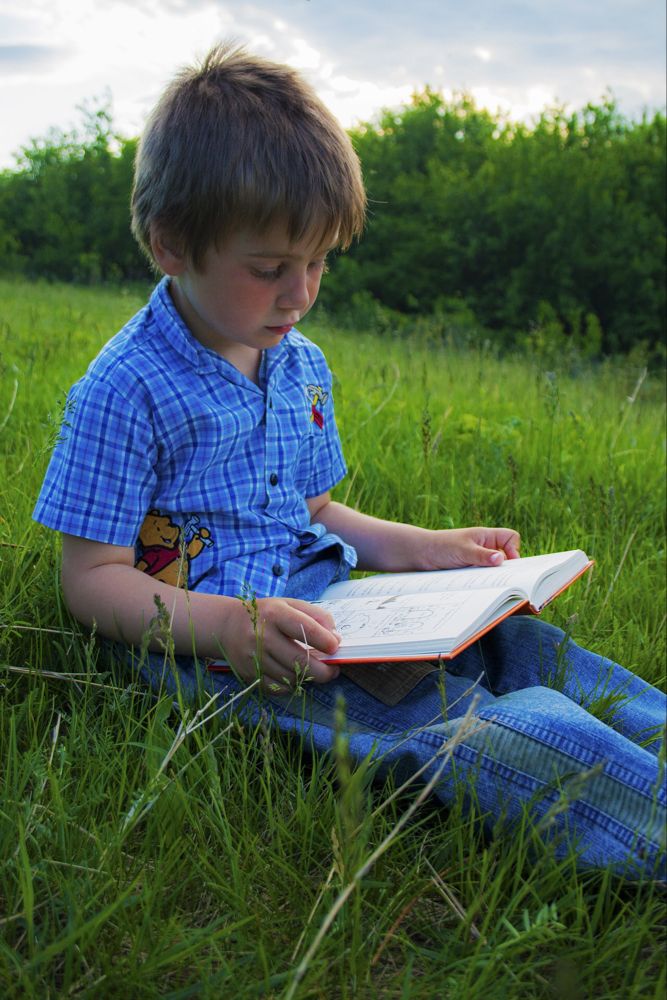
They make facts fun. Not every picture book has to tell a story. Many of the most memorable approach their role differently: They show fascinating information about life, often broken up into bite-sized chunks. The books of Richard Scarry, for example, give children a lot of stuff to look at (and sneak in ministories that don’t require a long commitment). For many children, picture books that are organized like catalogs or encyclopedias are even more compelling than stories, and even the most story-loving child likes to occasionally get lost in these “fact books.”
- Favorite Classics
- Newer Picture Books
Favorite Classics
“The Amazing Bone” by William SteigCan Pearl, a pig, and her new friend, a small talking bone, outwit a band of robbers and a hungry fox?
“In the Night Kitchen” by Maurice Sendak
Amazon | Barnes & Noble | Local BooksellersMickey has adventures in the bakers’ kitchen as they prepare our morning cake.
“The Carrot Seed” by Ruth Krauss, illustrated by Crockett Johnson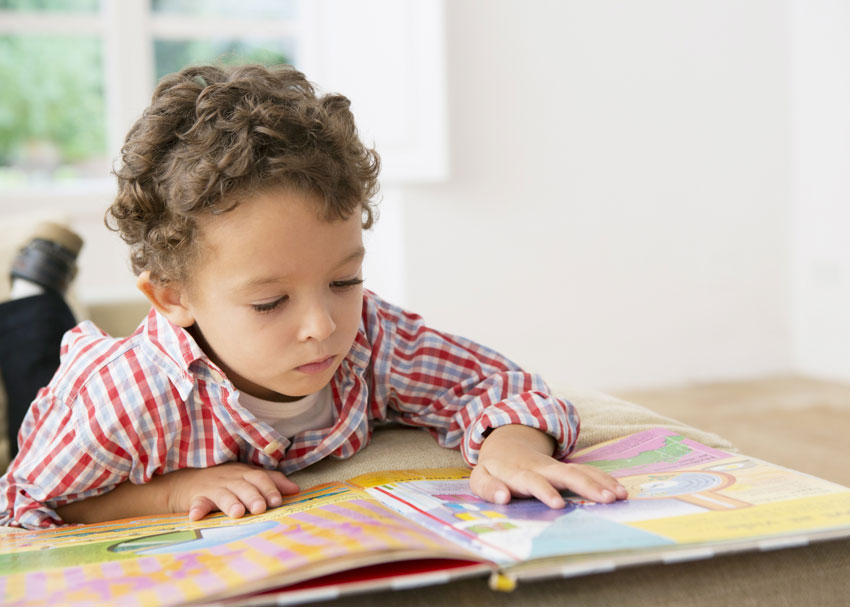
Amazon | Barnes & Noble | Local BooksellersThis book teaches the patience and technique needed to plant a seed and help it grow.
“Millions of Cats” by Wanda Gág
Amazon | Barnes & Noble | Local BooksellersAn old man and an old woman decided to get a cat, but he found not one cat, but millions and billions and trillions of cats!
“Harold and the Purple Crayon” by Crockett Johnson
Amazon | Barnes & Noble | Local BooksellersArmed only with an oversize purple crayon, young Harold draws himself a landscape full of wonder and excitement.
Amazon | Barnes & Noble | Local BooksellersNewer Picture Books
“Don’t Let the Pigeon Drive the Bus” by Mo WillemsWhen a bus driver takes a break from his route, a very unlikely volunteer springs up to take his place.
“Miss Rumphius” by Barbara Cooney
Amazon | Barnes & Noble | Local BooksellersAlice made a promise to make the world a more beautiful place, a seed of an idea is planted and blossoms into a beautiful plan.
“I Want My Hat Back” by Jon Klassen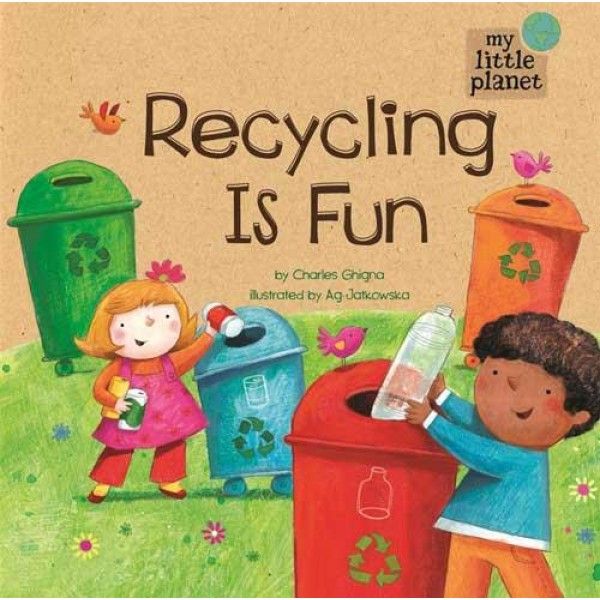
Amazon | Barnes & Noble | Local BooksellersThe bear’s hat is gone, and he wants it back.
“The Seven Silly Eaters” by Mary Ann Hoberman, illustrated by Marla Frazee
Amazon | Barnes & Noble | Local BooksellersEach new addition to the household brings a new demand for a special meal.
“The Stray Dog” by Marc Simont
Amazon | Barnes & Noble | Local BooksellersA stray dog finds a new home.
Amazon | Barnes & Noble | Local Booksellers
Early or Easy Readers
Ages 4-7
Early reader books use a limited number of words and are heavily illustrated. Most have a more workmanlike appearance than picture books. They often have no jacket and are slightly taller and narrower. Many are branded with names like “I Can Read” or “Step Into Reading,” and three or sometimes four levels. These are called “Leveled Readers” — you can always spot one because it will have a giant number or letter on the cover identifying its level.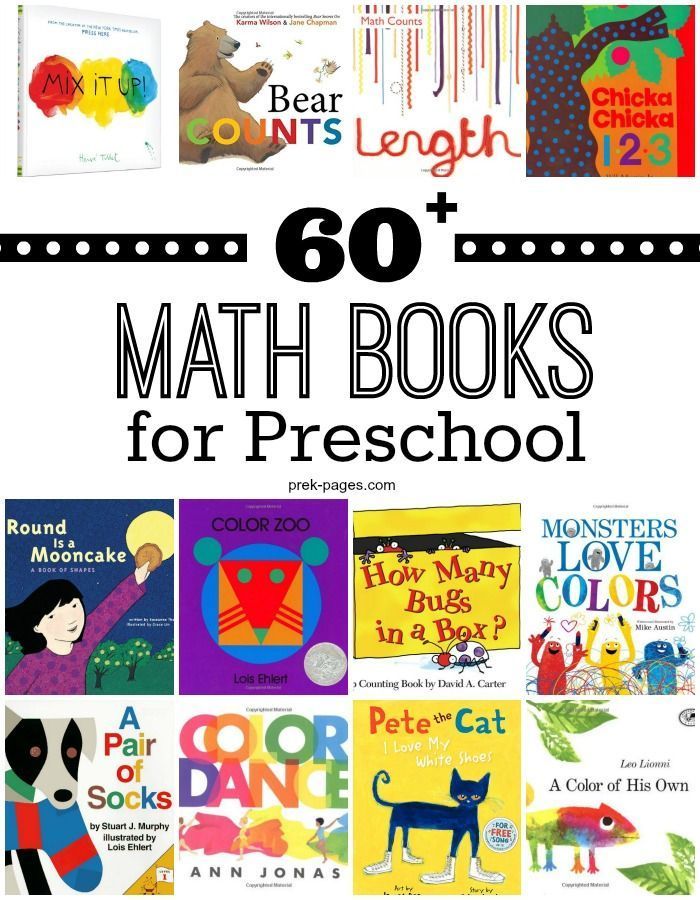 Your child is likely to encounter these in school, starting in kindergarten. For that reason, many parents shy away from bringing branded “leveled reader” books home, but there are plenty of early reader books that don’t create the pressured atmosphere those numbers can convey.
Your child is likely to encounter these in school, starting in kindergarten. For that reason, many parents shy away from bringing branded “leveled reader” books home, but there are plenty of early reader books that don’t create the pressured atmosphere those numbers can convey.
What Makes a Great Early Reader
Fun. Adventure. Playfulness. These are the books that invite your children into the world of readers, where they will spend the rest of their lives. That’s a leap filled with prestige and accomplishment. But if your child feels constantly judged, or that too much attention is paid to the pace of progress, the experience may not be fun. It may even get in the way of learning. You can help by making sure your child has early readers that surprise and delight. Dr. Seuss revolutionized this category and set the standard that still holds, so keep in mind the outrageous fun of Dr. Seuss when you select these books. No matter the topic or story, an early reader book should make reading seem like a club your child wants to be a part of — not a lesson to be graded on.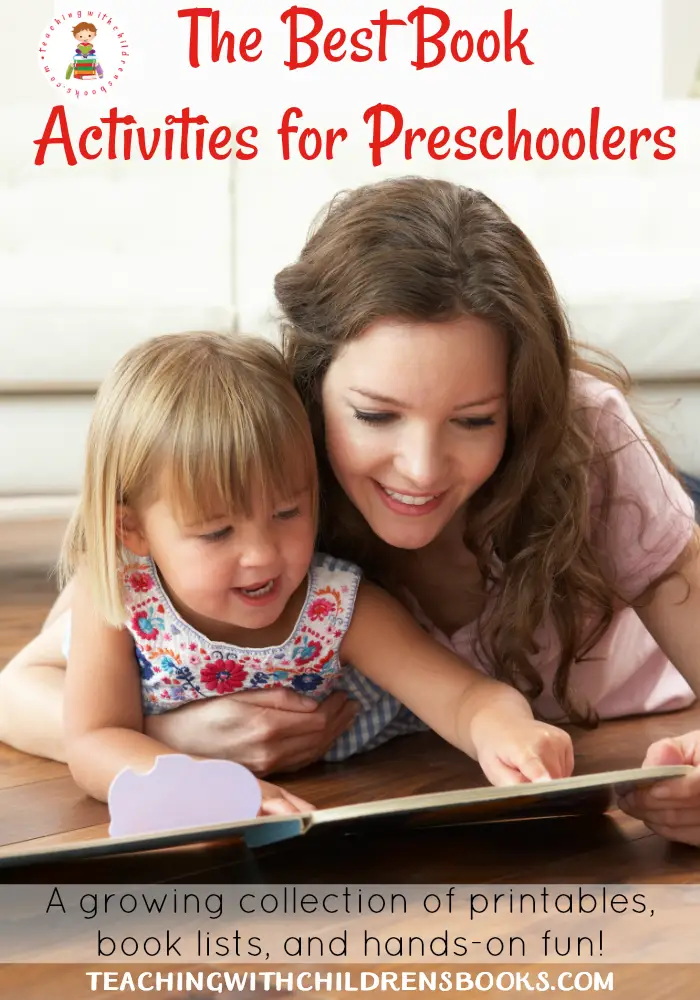
Rhyme or other clues. Many early readers use rhyme — it’s a way to give a fledgling reader a clue about what an unfamiliar word may be — but they don’t have to. Repetition and word patterning can be just as helpful.
Good art and clean, interesting graphic design. The art on every page of an early reader should help the child decode the words. Make sure these books have an inviting design. Many of the best early readers will have very few words — sometimes only one or two per page! Rest assured, your child is reading when making it through a book like that. It is a satisfying and impressive accomplishment.
Our Favorite Early Readers
“The Cat in the Hat” by Dr. SeussIt’s cold and wet and Sally and her brother are stuck in the house with nothing to do … until a giant cat in a hat shows up.
Amazon | Barnes & Noble | Local Booksellers
Waiting
“Waiting Is Not Easy!” by Mo WillemsImpatient Gerald has to wait for Piggie’s promised surprise.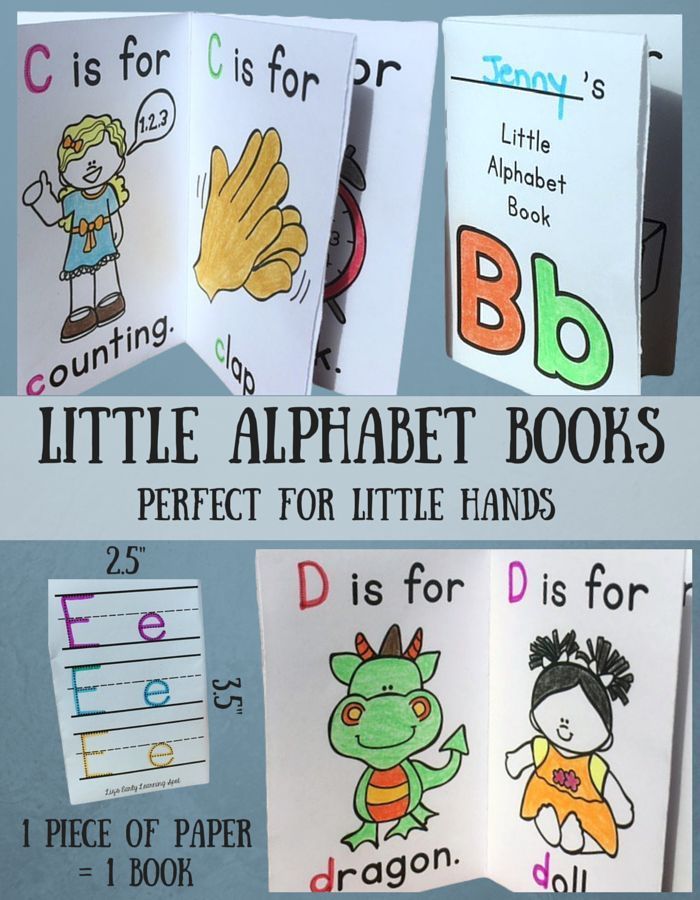
Amazon | Barnes & Noble | Local Booksellers
Uh-oh. Bear’s head is stuck in a bucket. Oh, my. Oh, no. Fortunately Bear’s good friend Dog is there to rescue him.
Amazon | Barnes & Noble | Local Booksellers
Ballet Cat and Sparkles the Pony are trying to decide what to play today.
Amazon | Barnes & Noble | Local Booksellers
What this story needs is a pig in a wig, on a boat in a moat with a frog, a dog, and a goat on a log.
Amazon | Barnes & Noble | Local Booksellers
This books only uses two or three words throughout, with a story that’s fun and easy to follow.
Amazon | Barnes & Noble | Local Booksellers
Chapter Books
Ages 6 - 10
When children flow right through easy readers, they may start to talk about chapter books.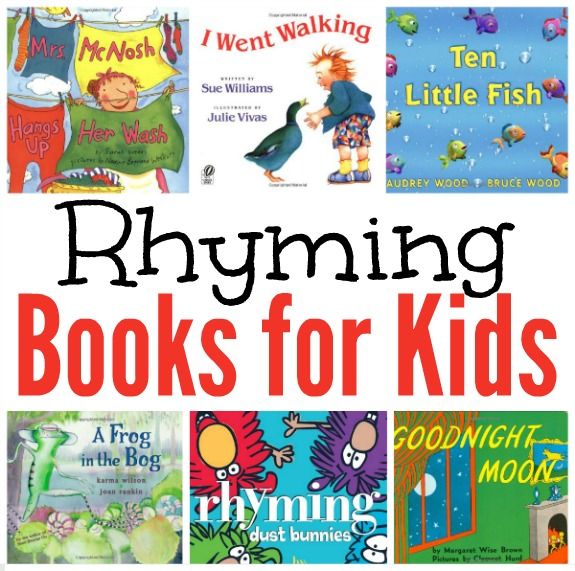 If not, introduce the idea yourself — they’re probably ready, or will be soon. It’s an exciting moment! Something about the feat of working through a bunch of chapters makes a young elementary school student feel gloriously grown up. Early chapter books are mostly published in series, because new readers who finish a book frequently want more time with the characters.
If not, introduce the idea yourself — they’re probably ready, or will be soon. It’s an exciting moment! Something about the feat of working through a bunch of chapters makes a young elementary school student feel gloriously grown up. Early chapter books are mostly published in series, because new readers who finish a book frequently want more time with the characters.
What to Look For
Forever friends, complex plot. Remember Ramona Quimby and Henry Huggins, Nancy Drew and Encyclopedia Brown, Fern, Charlotte and Stuart Little? Chapter books are where your child meets characters who will be important friends — they will play big, ongoing roles in a reader’s life as he or she grows into a more independent, self-sufficient person. In these books, children also begin to follow longer, twistier stories, to enter into enchanting and breathtaking literary fantasy worlds with their own rules and logic, and to discover stories that will help them work through the many changes they are experiencing in their world and in themselves.
Visual interest still matters. If your child is shying away from or struggling to read chapter books, seek out the more visual ones, with at least one illustration on each page. Books from “The 13-Story Treehouse” series or “The Notebook of Doom” series do the trick. These books are often unjustly dismissed as too “easy” or “cartoonish,” but you should ignore that prejudice. The best of these heavily illustrated early chapter books are brilliant!
What to Watch Out For
Long, long, loooong series. The first chapter books your child encounters are often part of series that have turned into mega-franchises by now: “Magic Treehouse,” “Flat Stanley,” “Fancy Nancy.” Some of these series have books counting into the hundreds, which makes many parents groan. As strong as the original concepts may be, the freshness factor may indeed be lacking in later titles. Still, if your child is into these, keep them coming. Tip: Borrow, swap and otherwise obtain these books used, as your child races through each one once, never to crack it open again.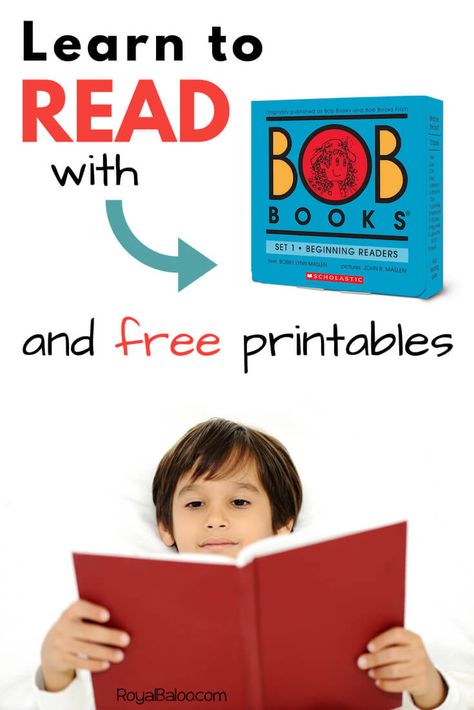
Reluctance to try something new. The early chapter book mega-series franchises also hog up valuable shelf space in libraries and bookstores, so make an effort to introduce your little fan to newer, lesser known series, many of which are more literary, nuanced reads, with better art and more interesting language. The books in some of these series are best read in order, but with many your child can jump in at any point.
Our Favorite Chapter Book Series
“Ivy + Bean” by Annie BarrowsTwo friends — who never meant to like each other — share adventures.
Amazon | Barnes & Noble | Local Booksellers
Kids can use their problem solving skills to solve mysteries with Nate.
Amazon | Barnes & Noble | Local Booksellers
Here comes a lovably energetic little sister with a BIG personality — and an imagination to match!
Amazon | Barnes & Noble | Local Booksellers
A cat goes berserk, in alphabetical order.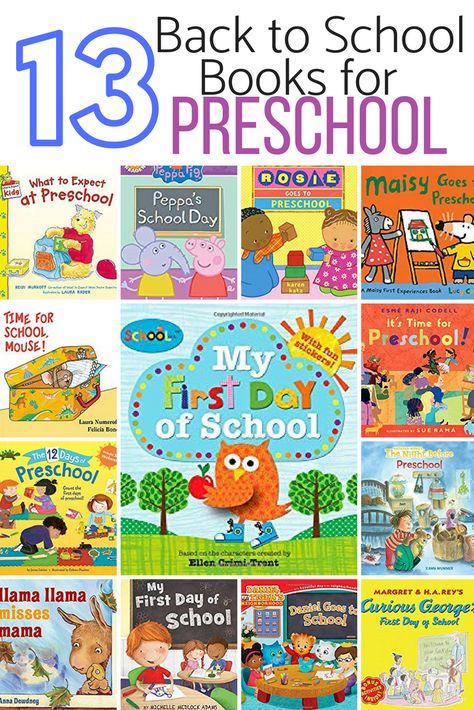
Amazon | Barnes & Noble | Local Booksellers
“Anna Hibiscus” by Atinuke
Join Anna Hibiscus as she splashes in the sea, prepares for a party, sells oranges, and hopes to see sweet, sweet snow!
Amazon | Barnes & Noble | Local Booksellers
Middle Grade Books
Ages 8-12
Many people consider middle-grade books the best of children’s literature, because they focus on the golden years of childhood, before the transformations, challenges and responsibilities of adolescence. These books don’t contain the level of violence or sexuality acceptable in young adult novels, though some middle-grade books intended for the older end of the spectrum may include mildly violent scenes or a first kiss.
The recommended age range for a middle-grade novel is not usually apparent on the book itself. You can find it on a publisher’s site (sometimes!) or in a reputable review, but keep in mind that your child may — or may not — be ready for a book with some content that skews older.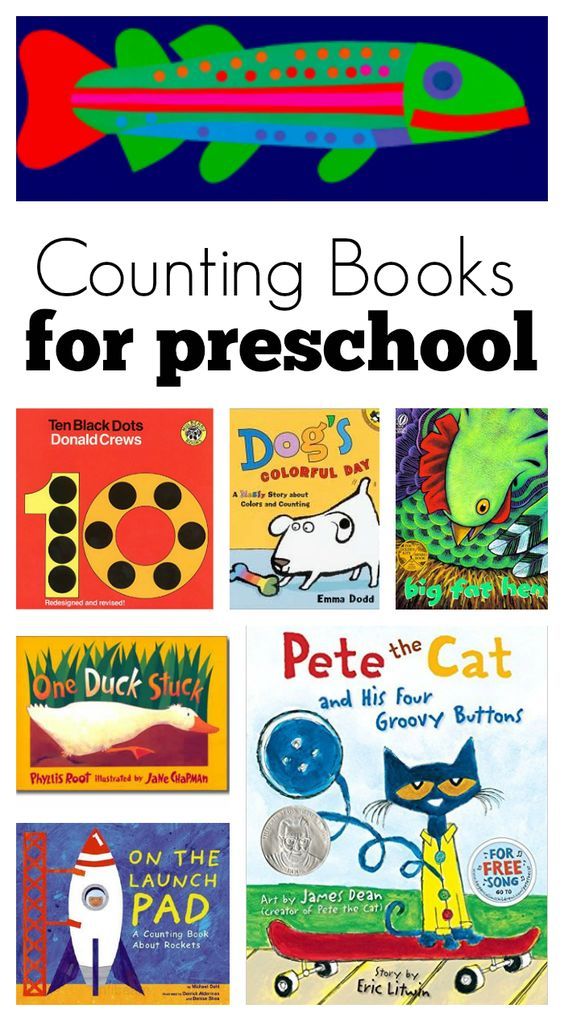 If your child brings home a book you object to, you will have to decide where you stand on censoring your child’s reading choices. But keep in mind that with books — as opposed to movies or TV shows — children can easily tune out or skip over material they’re not emotionally ready for.
If your child brings home a book you object to, you will have to decide where you stand on censoring your child’s reading choices. But keep in mind that with books — as opposed to movies or TV shows — children can easily tune out or skip over material they’re not emotionally ready for.
What to Look For
What’s my place in this big, crazy world? Children of this age are interested both in defining their own identities and in investigating questions about the larger world. A good middle-grade book can be surprisingly philosophical, taking on notions like fairness, justice, freedom and compassion. Some of the best are historical fiction set in challenging time periods like the Civil War, the Holocaust or the Civil Rights Era. They often deftly address, in an age-appropriate way, real-world problems your child is just becoming aware of: ideas like racism, refugees, the foster care system and mental illness. Tip: Whatever personal challenge your child is navigating — bullying, the end of a friendship, social anxiety, a cross-country move, or death or illness in the family — there is a good middle-grade novel that can help him or her get through it.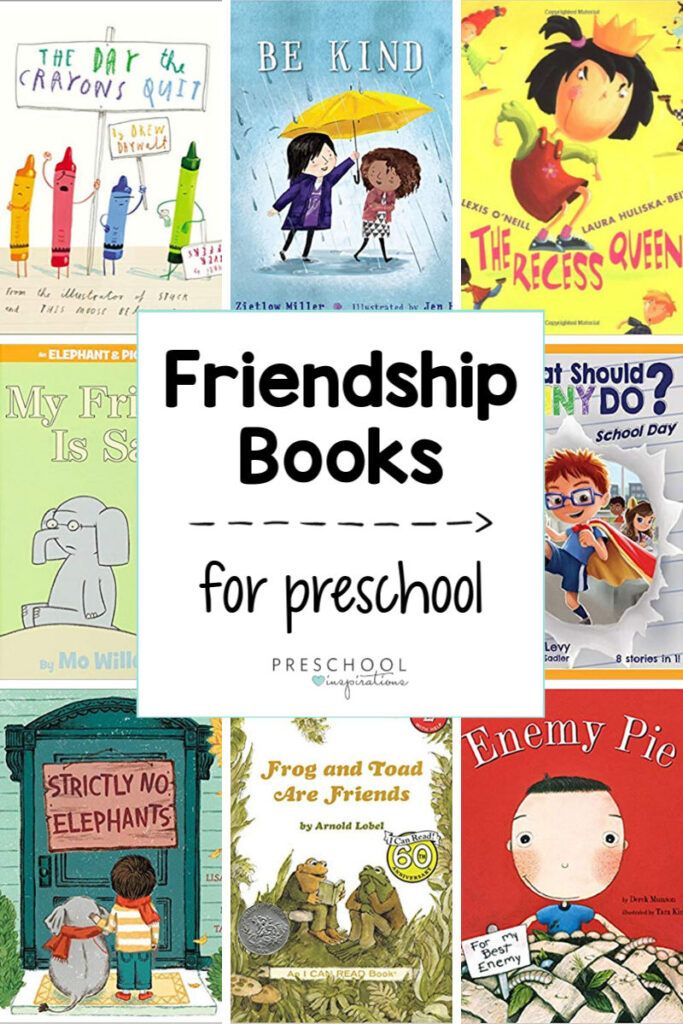 Ask a librarian or experienced bookseller for a recommendation.
Ask a librarian or experienced bookseller for a recommendation.
The kid stays in the picture. In great middle-grade novels, children are the protagonists; they solve problems, have adventures unmediated by adults and are generally the stars of their own shows. That’s why orphans are so common in classic children’s literature. Even in contemporary middle-grade fiction, parents seem to die or be otherwise unavailable at an improbable rate, forcing child characters to bravely confront challenges.
But grown-ups count, too. Even so, a great middle-grade novel will have at least one admirable adult character, and sometimes a few. This is the age that children realize the grown-up world is fallible, but they still need role models to help and guide them.
Series are still big. Just as with chapter book readers, middle-grade readers like to stay with their favorite characters for multiple books. Middle-grade series lean more toward fantasy than realism, so in each book, young readers are likely to learn more about the rules, history and structure of a series’s world.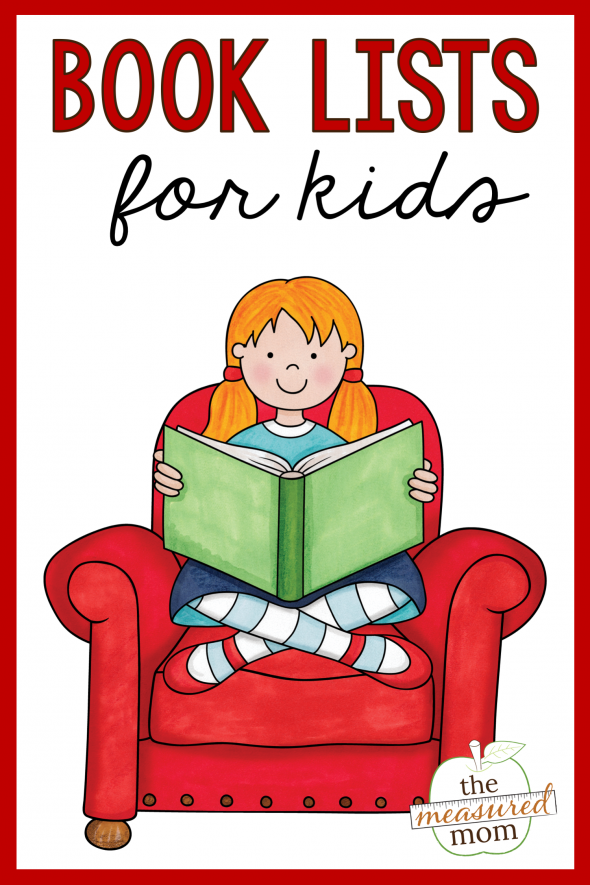
Fantasy worlds rule. Many of the best middle-grade books are fantasy, and some of the best fantasy novels, period, were originally intended for middle-grade readers (from “A Wrinkle in Time,” to a certain young boarding-school wizard). Middle-grade readers like a chance to escape through reading. That’s where fantasy novels come in — they offer fully thought-out worlds that have their own rules, with just enough distance from reality for a young reader to reflect on the rules of his own world.
- The Best Series
- Stand Alone Favorites
The Best Series
“Percy Jackson” by Rick RiordanA boy battles mythological monsters. Read a review.
“The Secret Series” by Pseudonymous Bosch
Amazon | Barnes & Noble | Local BooksellersSnooping sleuths suffer assaults on the senses.
“The Giver” by Lois Lowry
Amazon | Barnes & Noble | Local BooksellersExploring human connections in a postapocalyptic world.
“Because of Mr. Terupt” by Rob Buyea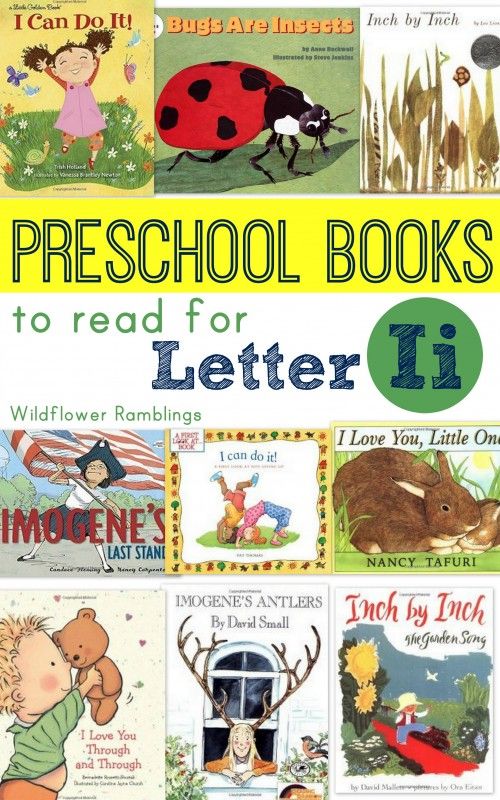
Amazon | Barnes & Noble | Local BooksellersSeven children offer their own perspectives on what makes their teacher so special.
“Birchbark House” by Louise Erdrich
Amazon | Barnes & Noble | Local BooksellersThe story of a young Ojibwa girl living on an island in Lake Superior around 1847.
Amazon | Barnes & Noble | Local BooksellersStand Alone Favorites
“When You Reach Me” by Rebecca Stead
In this taut novel, every word, every sentence has meaning and substance.
Amazon | Barnes & Noble | Local Booksellers“Flora & Ulysses” by Kate DiCamillo
A cynic meets an unlikely superhero.
Amazon | Barnes & Noble | Local Booksellers“Wonder” by R.J. Palacio
A boy with a facial deformity enters a mainstream school.
“The Watsons Go to Birmingham” by Christopher Paul Curtis
Amazon | Barnes & Noble | Local BooksellersA novel that is both comic and deeply moving.
“The One and Only Ivan” by Katherine Applegate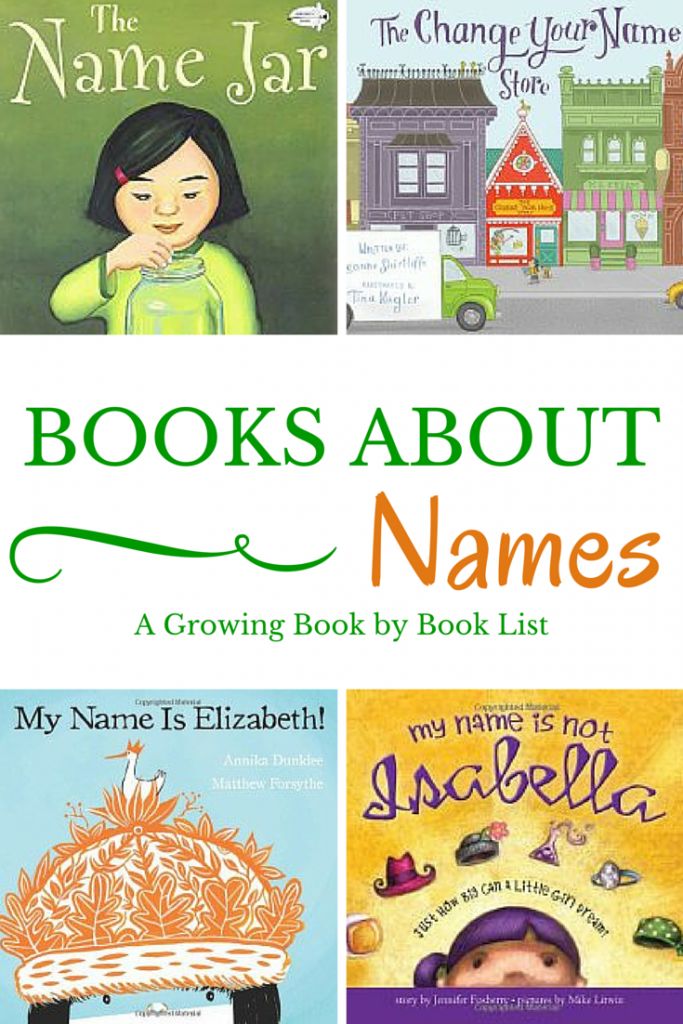
Amazon | Barnes & Noble | Local BooksellersInspired by the true story of a captive gorilla known as Ivan, this illustrated book is told from the point of view of Ivan himself.
Amazon | Barnes & Noble | Local Booksellers
Young Adult
Ages 12-Up
The category of Young Adult, or Y.A., books is a relatively recent invention, meant to specify books written both about and (primarily) for teenagers. These books range from the lyrical and literary to the racy and commercial, but they are all concerned with coming-of-age themes like navigating conflicts with authority or a first serious romantic relationship. These days, dark subjects like suicide and abuse are common.
Our Favorite Y.A. Books
“Graceling” by Kristin CashoreKatsa lives in a world where selected people are given a Grace, a special talent that can be anything from dancing to swimming.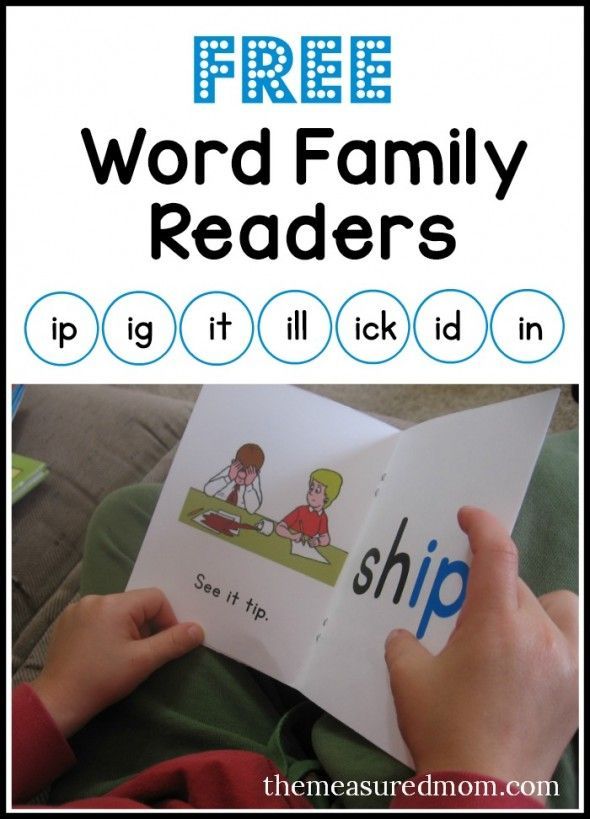 Katsa’s is killing.
Katsa’s is killing.
Amazon | Barnes & Noble | Local Booksellers
A 16-year-old heroine faces the medical realities of cancer. Read the review.
Amazon | Barnes & Noble | Local Booksellers
A girl copes with life under the Nazis by stealing books. Read the review.
Amazon | Barnes & Noble | Local Booksellers
Arnold Spirit Jr. is the geekiest Indian on the Spokane Reservation. Read the review.
Amazon | Barnes & Noble | Local Booksellers
You can read “Brown Girl Dreaming” in one sitting, but it is as rich a spread as the potluck table at a family reunion. Read the review.
Amazon | Barnes & Noble | Local Booksellers
9 books that will teach you to read
Early learning to read, as well as the desire to engage in early development with a child, is a trend of recent years.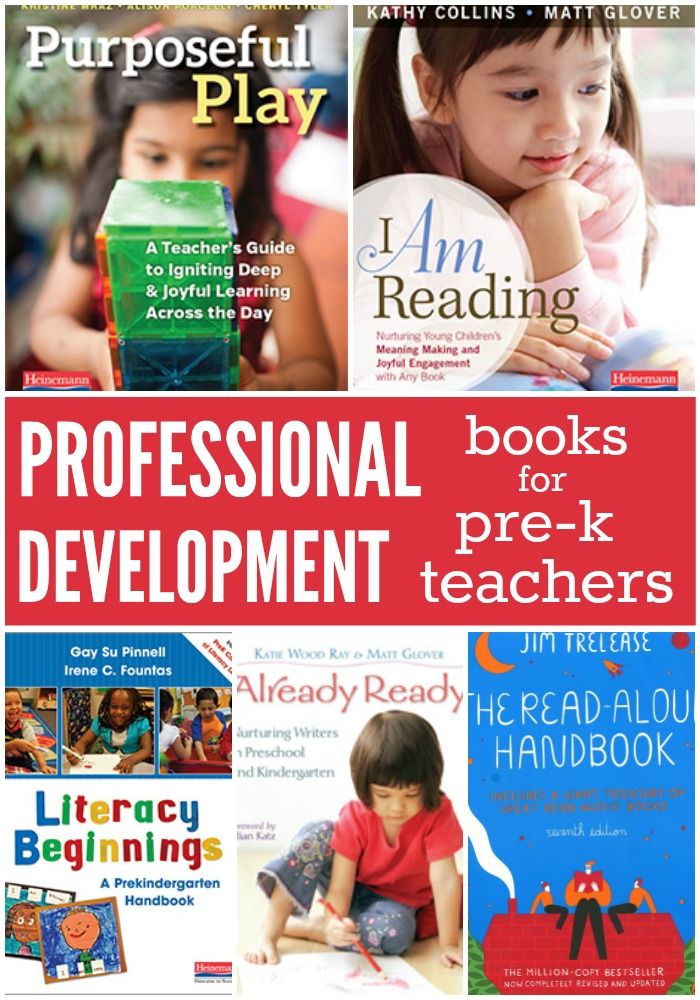 The Clever publishing house recommends which books should be used for activities with the baby, in order not only to teach him to recognize letters and put words out of them, but also to instill a true love of reading.
The Clever publishing house recommends which books should be used for activities with the baby, in order not only to teach him to recognize letters and put words out of them, but also to instill a true love of reading.
Primer. Learning to read from 2-3 years old
At what age is it time to learn letters with a baby? Our authors, teachers with experience, Olga Uzorova and Elena Nefedova, believe that you can start from the age of two! Early? Boring? In no case! Kids love letters and games with them. Here, for example, is the letter "Z", which buzzes like a fly, and here is the letter "R", it roars like a lion. And kids are also delighted that syllables and words can be added from letters.
The tasks in the book are selected so that children of 2-3 years old do not get bored with its pages, but get acquainted with new things with interest, playing and joking. This will be very useful for them in the future: knowing all the letters, it is much easier to study with "adult" primers.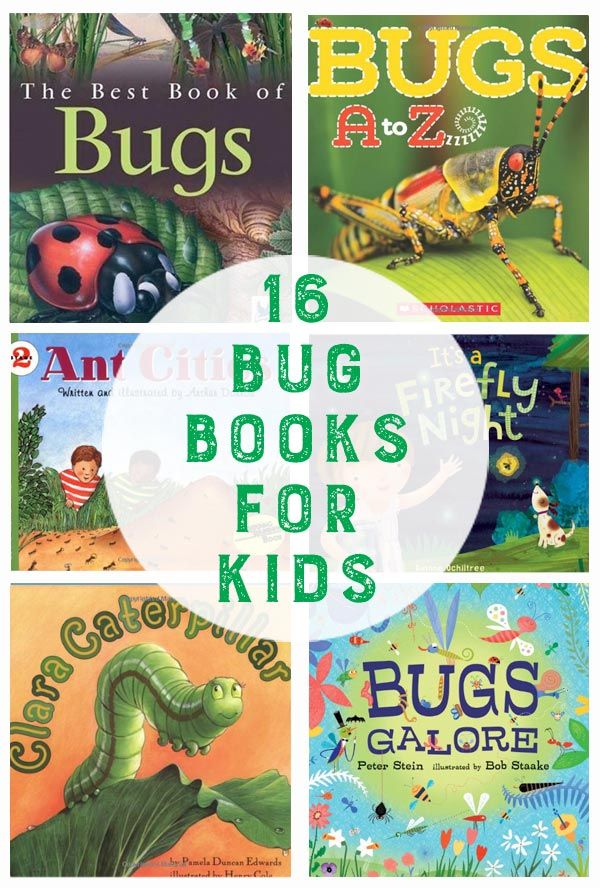
Notebook-Primer. Learning to read and write from 2-3 years old
This notebook is the perfect match for the Primer. There are no difficult lessons and boring activities in it.
The new edition is based on the effective method of teaching reading and writing by Olga Uzorova and Elena Nefedova. The main idea of the technique is to captivate and interest the child, which means that you will not be bored. To help parents as much as possible, we put detailed instructions at the beginning of the notebook on how to properly practice it with the baby.
Information is presented in a playful way, with vivid example pictures. Now every new lesson is a game, not just learning to read. Study from a notebook and consolidate your knowledge with a split cash register of letters. With it, you can learn not only to read, but also to write small words and even mini-sentences!
Tosya-Bosya plays with letters
Tosya-Bosya does not sit still, she is always drawn to something new and interesting.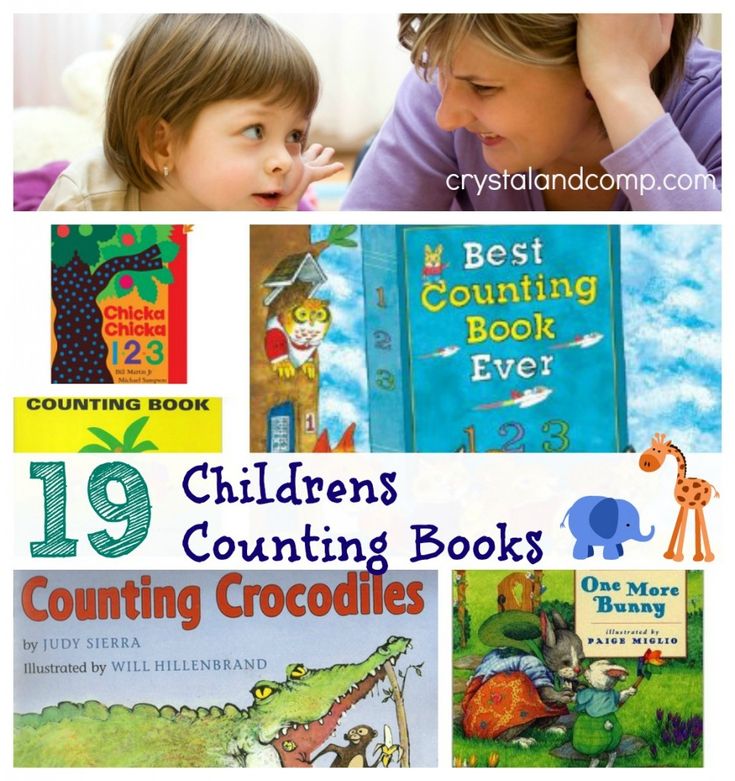 In the new book, the cheerful fidget will not only play and be naughty, she will learn letters. And your child will get acquainted with the alphabet with her in a simple and exciting way.
In the new book, the cheerful fidget will not only play and be naughty, she will learn letters. And your child will get acquainted with the alphabet with her in a simple and exciting way.
Toshi-Boshi has prepared a lot of tasks for you: learn the word and add the first letters of the names of objects, complete the letters in one of the halves, color the pictures, cross out the extra letters in the words and collect the correct words from the jumbled letters.
We have also prepared many interesting facts. From the book, together with Tosei-Bosei, you can learn about ancient types of writing, about complex symbols and hieroglyphs that were used to replace long words. And if you still can’t write ordinary letters, you can try to come up with your own hieroglyphs with your child.
Vinnie and his friends. Learning the alphabet
Notebook-notebook with a game alphabet for children from 3 to 6 years old with a favorite friend of many children - Winnie the bear and his company.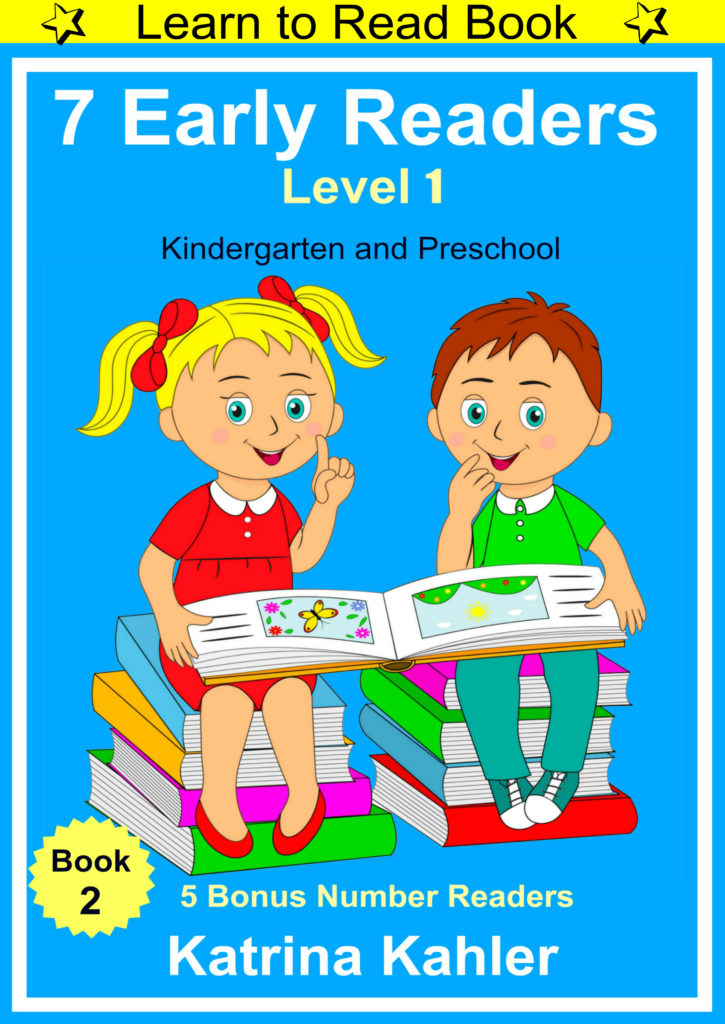
All the letters of the alphabet are gathered on its pages. Each letter is accompanied by a small rhyme in which it is played out, and an interesting task associated with the rhyme. Draw portraits of Winnie's friends, get out of labyrinths, water vegetables and collect honey while memorizing the letters of the alphabet. An excellent choice for those mothers who seek to distract the child from the TV screen or want to keep the child on the road with maximum benefit.
Animal alphabet. Notebook with games and tasks
Velcro notepad is a win-win move to draw the attention of the little fidget to learning the letters of the native alphabet. Children love Velcro, especially if there is something interesting behind them!
In this notebook, we have collected 150 creative tasks, by completing which the child will develop fine motor skills, memory, attention, coordination, and also learn how to hold a pencil in his hand correctly. After all, without help, the spider will not get into the forest, the fish will be left without shadows, and the elk will wander around the maze! How can you not help here? And the animals, in gratitude for this, will show the fidget all the letters, teach them how to write them and even solve puzzles.
In the country of letters. 200 game tasks
Psychologists and teachers say that children learn best in the game. And it is much more pleasant for parents to play with children than to arrange boring reading and writing classes.
Go to the land of letters with the book by Svetlana Voskresenskaya. Under the cover you will find 200 different tasks for the initial learning to read and write. Learn new letters, look for them in words, make up funny stories from pictures, write and draw hooks and squiggles!
Each spread of the book consists of several tasks for a certain letter. Moving from simple to complex, your child will learn to read first, and then to write in block letters and even syllables. And those parents who like to carefully study various methods will find detailed instructions for classes at the beginning of the book.
I am learning letters. Alphabet-recognition
Alphabet-recognition is a handy box with 32 magic cards and detailed instructions for parents.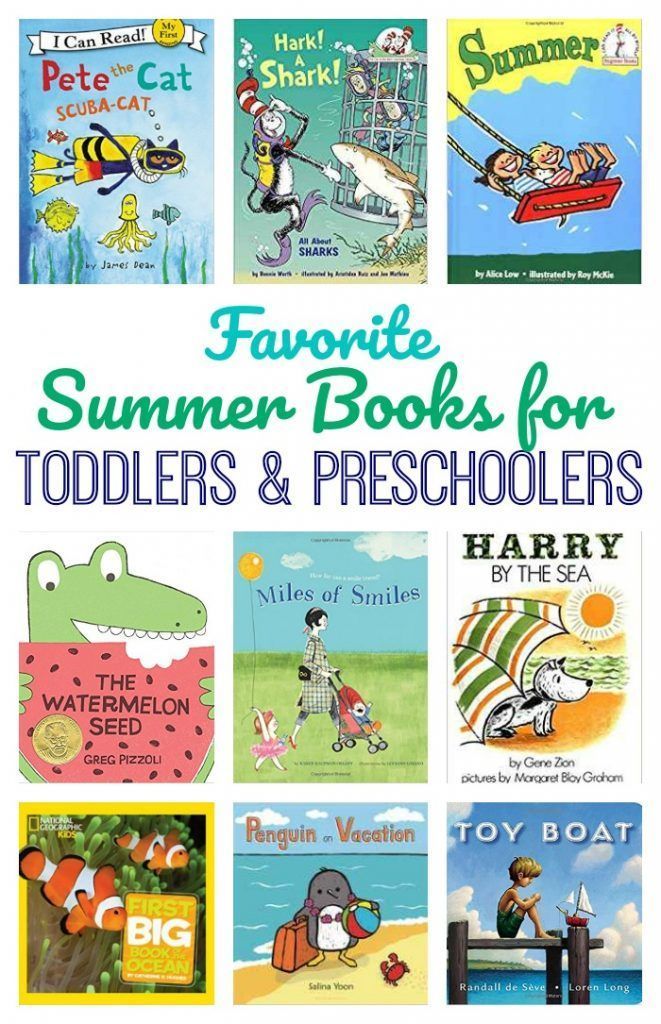 To start a fun game, you just need to get them all and select the one you need.
To start a fun game, you just need to get them all and select the one you need.
Each card will introduce the kid to one of the letters of the Russian alphabet, tell you what words this letter can be found in and teach you how to write it correctly. By the way, you can write directly on the cards: they are reusable, you only need an erasable felt-tip pen.
I am learning to read. Learn the word!
Another beautiful box on a string, in which 32 task cards were hidden. They will introduce the kid to the letters and help him learn to read.
To memorize each letter well, you must first learn how to find it. Found? Now you can read short words. And two-syllable words. And then out of three! That's how we learned to read. And besides the correct words, the cards hide "incorrect" ones, which must be found and underlined. You can underline and draw directly on the cards: they are reusable, as in the ABC-Knowing, and very convenient.
I am learning to write.
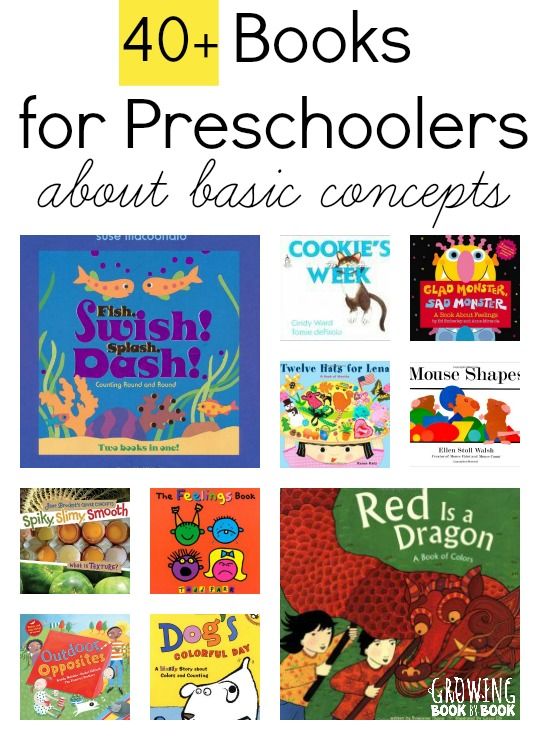 Logical recipes
Logical recipes And again the box, but this time more complex. It is perfect for those mothers and children who have already got acquainted with the letters and want to learn how to write them. On 32 cards, the kid will have to draw lines, squiggles and various elements of letters, and then the letters themselves. Sometimes you have to count for this, for example, to draw as many large letters F as there are scarves in the picture, and as many small letters F as there are shoes in the picture.
You can write, draw and hatch in "Logical Recipes" on the cards themselves, because they are reusable.
How to teach a child to read and love books
The art of learning
How to teach your child to read and love books
September 6, 2018 9 225 views
Liana Khaziakhmetova
Children's Reading Marathon was held in the social networks MIF.Childhood and MIF.Comics. Using the hashtag #mythreading_books, we published selections of books that are suitable for the first independent reading, and under the hashtag #mythreading_advice — life hacks and tips from our experts.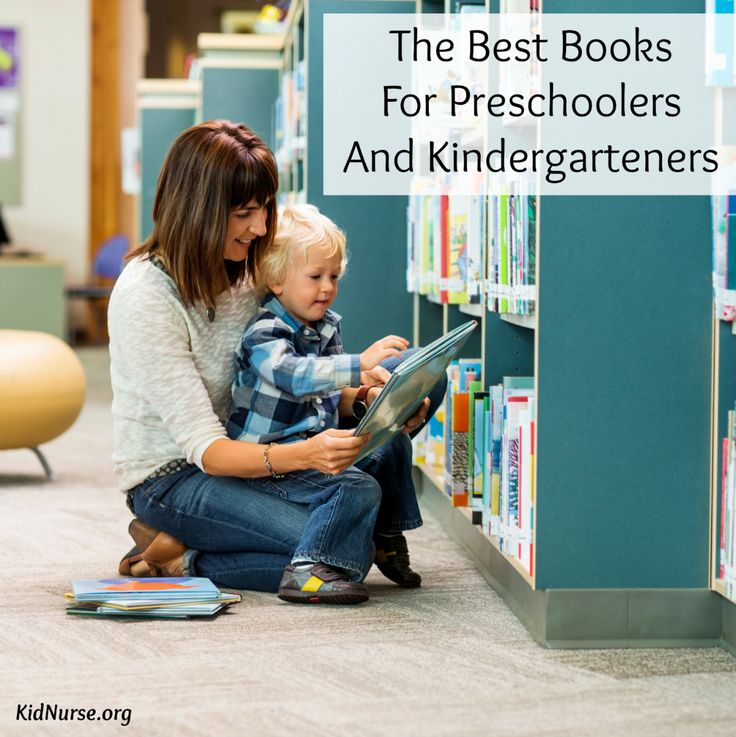 The marathon covered all the main stages in the development of this skill - from the first acquaintance with a book to independent reading with pleasure. We collected in this material all the most interesting things that happened at the Marathon.
The marathon covered all the main stages in the development of this skill - from the first acquaintance with a book to independent reading with pleasure. We collected in this material all the most interesting things that happened at the Marathon.
On a special page, we made a selection of books for children and their parents, which will help them learn to read, understand and love books. Here you will find publications suitable for reading aloud to kids, for self-acquaintance with books, with beautiful pictures, artistic ones - in general, for every taste!
As part of the Marathon, we had a live with a child psychologist and Gestalt therapist Irina Karneeva. We discussed all the pressing issues: how and at what age to read books to children? How to pick them up? How, when and where to start teaching a child: reading by syllables, reading together with words and sentences? And much more.
Irina advises choosing books that are not only interesting in content, but also beautiful - high-quality publications with illustrations.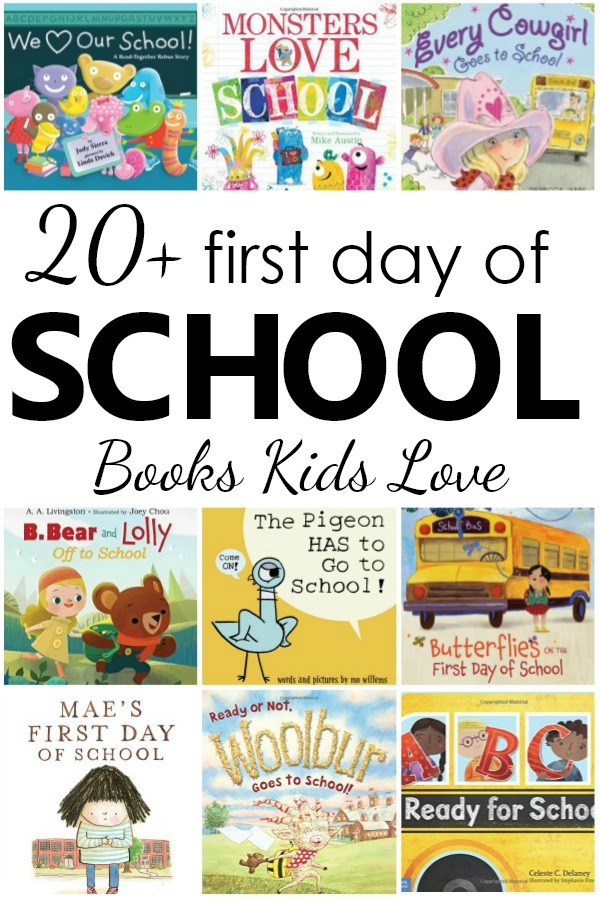 Also, do not limit yourself to fiction. The child may react negatively to the request to read, but at the same time he will be happy to pick up an activity book, such as "Detective Pierre unravels the case."
Also, do not limit yourself to fiction. The child may react negatively to the request to read, but at the same time he will be happy to pick up an activity book, such as "Detective Pierre unravels the case."
Non-fiction publications can become a bridge to reading. The child will understand that books are fun, he will be drawn into the process and it will be easier to take on literature that has more text than illustrations.
How to spark interest in reading
Children's reading expert and mother of four, Maria Bogdanova, gives tips on how to spark interest in reading. Mary's word.
My oldest readers are 10 and 13 years old. Read daily and a lot. Our library contains more than 520 books of children's literature, and each book was read by the eldest daughter at least once. ⠀
“HAAAAK do you succeed?” - Moms of classmates constantly ask.
There are a number of measures and life hacks. I'll tell you a little and show on the example of comics from the MIF publishing house.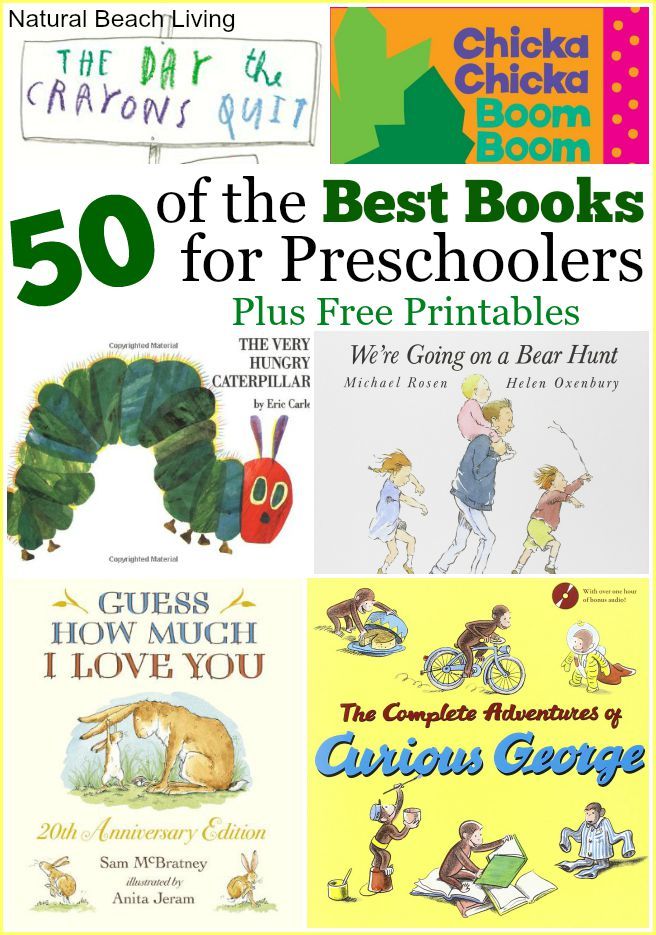 ⠀
⠀
Reading is a skill, it is a habit. Like any habit, it takes time to develop. That is why, if your child does not really like to read, I suggest starting to awaken interest in books through comics.
Comics are modern.⠀
Comics are fashionable. ⠀
Comics are bright and interesting.
Hildafolk comics
95% of children will be happy to pick up comics and read them because they love books with good pictures and exciting stories. And here the main thing is to have time to bring new books.⠀
By reading every day, a child gets used to spending time with a book. Gradually, you will begin to give other literature to expand his horizons.
First independent reading
As part of the Marathon, we had a live broadcast with Evgenia Ershova, we talked about the very initial stages of independent reading - learning letters, folding syllables, the first reading by syllables. And this is what Evgenia advises:
“The first word read in syllables brings great joy to the child.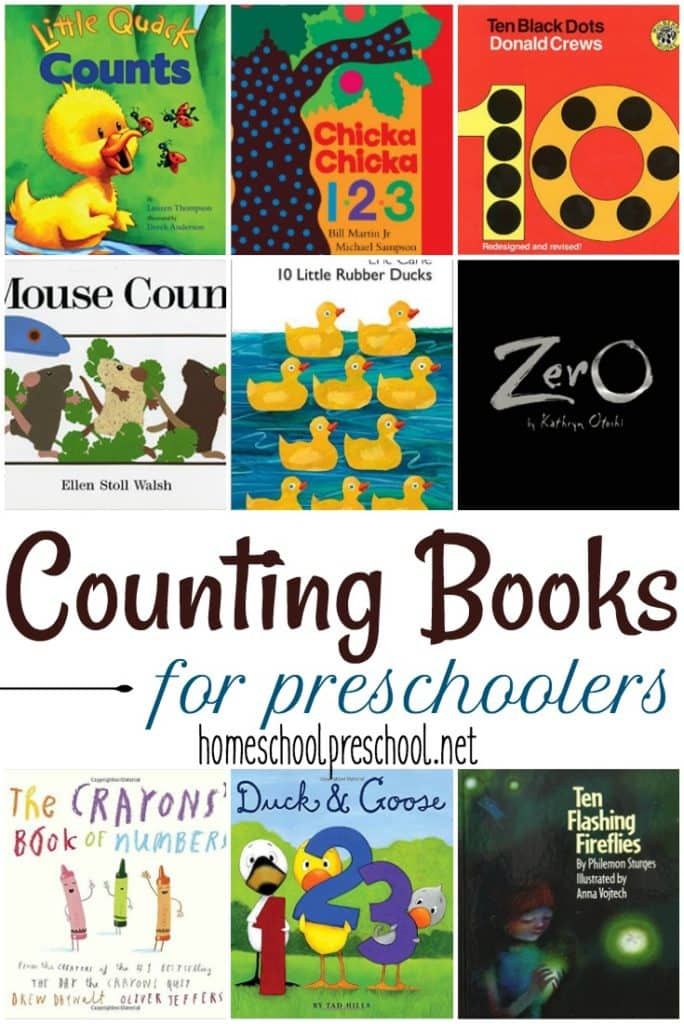 It goes to a qualitatively new level. But do not rush, do not push the child to read a lot, too complicated words and large texts. Give him the opportunity to feel this joy, to realize his own strengths. How? Shop signs, grocery lists, names of toys and even sweets to help you.
It goes to a qualitatively new level. But do not rush, do not push the child to read a lot, too complicated words and large texts. Give him the opportunity to feel this joy, to realize his own strengths. How? Shop signs, grocery lists, names of toys and even sweets to help you.
There are games that are not related to reading, but at the same time help to read better and better. Think of a word, say it, but rearrange the syllables "sha-ka". The child will rearrange the syllables and solve the confusion. Words of three syllables will be more difficult to guess, but more interesting than "ne-um-tsa"! Learning to read can be fun and easy by playing and fooling around. Everything is within your power."
You can also learn to read in a playful way with the help of books. Author Tatiana Russita creates wonderful first reading sets. Each set contains 8 books. You can start with books where there are only short words (“Whose side?”, “But on my own!”), Then move on to polysyllabic words (“Cat Sock”). Large print, funny illustrations - and the child will read with pleasure!
Large print, funny illustrations - and the child will read with pleasure!
A series of books for the first reading from Tatyana Russita
How to help a child “pay off”
Of course, our Marathon could not have passed without Yulia Kuznetsova, the author of Calculating and Bite-Tales. Yulia shared a whole selection of life hacks on how to help a child “pay off”.
One Bite Tales
How to choose a book for independent reading, that's what Julia advises us.
- The book must be of high quality, that is, well done! Illustrations, text, polygraphy.
- The book must have large print.
- The volume of the text is about 1/4, and the rest is pictures (which are also important!).
- The book must be funny!
- Offer different books for independent reading - different topics, characters, plots (both fantasy and realistic).
- There must be an intrigue in the book to make it interesting to read until the very end!
- A deep life idea that can be discussed with a child.
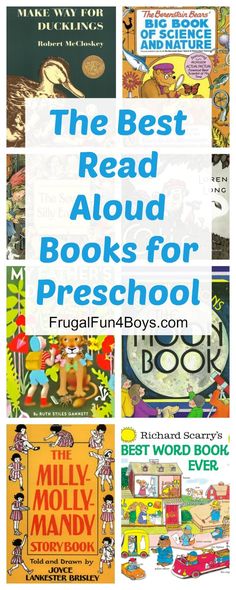
Bite-Bite Tales Ideal for First Reading
And a few more tips.
- Let the child choose the book he will read. You can also choose the books you want to buy together. Involving the child in the process is very important.
- Do not rush the child, reading speed is a personal feature of the child. It must be remembered that the speed will increase only in one case: when the child masters many books that are suitable for the level and interest.
- Can the child read? Great, keep reading to him! Just choose those books that are interesting for you to read too - this is very important!
- Play with a book. Look for words in it that begin with different letters, separate whole words on different topics. The child will be interested in what is inside the book
- Do not force the child to read, but create an environment for him in which he wants to read. Read books yourself, have family reading time, create your own book traditions.
